Every day is a good day
2019-2021
“Every second Monday of the month, I visit him, who has become a friend of sorts. It's five in the morning when I wake up. I had prepared my bag the day before, but I still check that I have all my equipment. I drink a glass of water. When I leave my house, it is 5:20 a.m.
I take the metro first, then a train, a second, a third, then a bus... There is still a good half hour of walking before arriving at our destination. Here I am in a parking lot, facing steps carved into the mountain. It’s nine o’clock, I finally see the footbridge from where I take my photograph. I now set up my tripod, place my camera on it, dive under the veil and start focusing.
Here I am again ready to take a portrait of Mount Fuji.”
Mount Fuji seems immutable. Yet it gets smaller every year. This change is not visible to the naked eye. Observing the unobservable was at the origin of this project. Realizing it revealed many questions.
For more than two years, to the rhythm of an old Sino-Japanese calendar, I photographed this Shinto divinity with a large format camera.Initially inspired by the Landscape Observatories, this regular journey, repeated in a formal manner, became a ritual.
This work is a reflection on the photographic medium and its history, an expression of Zen spirituality as well as an ecological questioning of our relationship with the environment. Continuing with wabi-sabi, this volcano which has been represented and romanticized countless times, is presented with sobriety and simplicity. The imperfection of the moment is expressed and registered on the film level. The viewer is invited, through this study of a landscape, to contemplate the seasons and the ephemeral.
“Every day is a good day” was a teaching passed on by my tea master at the beginning of practicing the tea way. This is a thought from the monk Yunmen Wenyan that came to him one very hot day when a passerby asked him why he was engaging in a strenuous activity instead of resting. The monk replied that there was no better time to carry out his task.
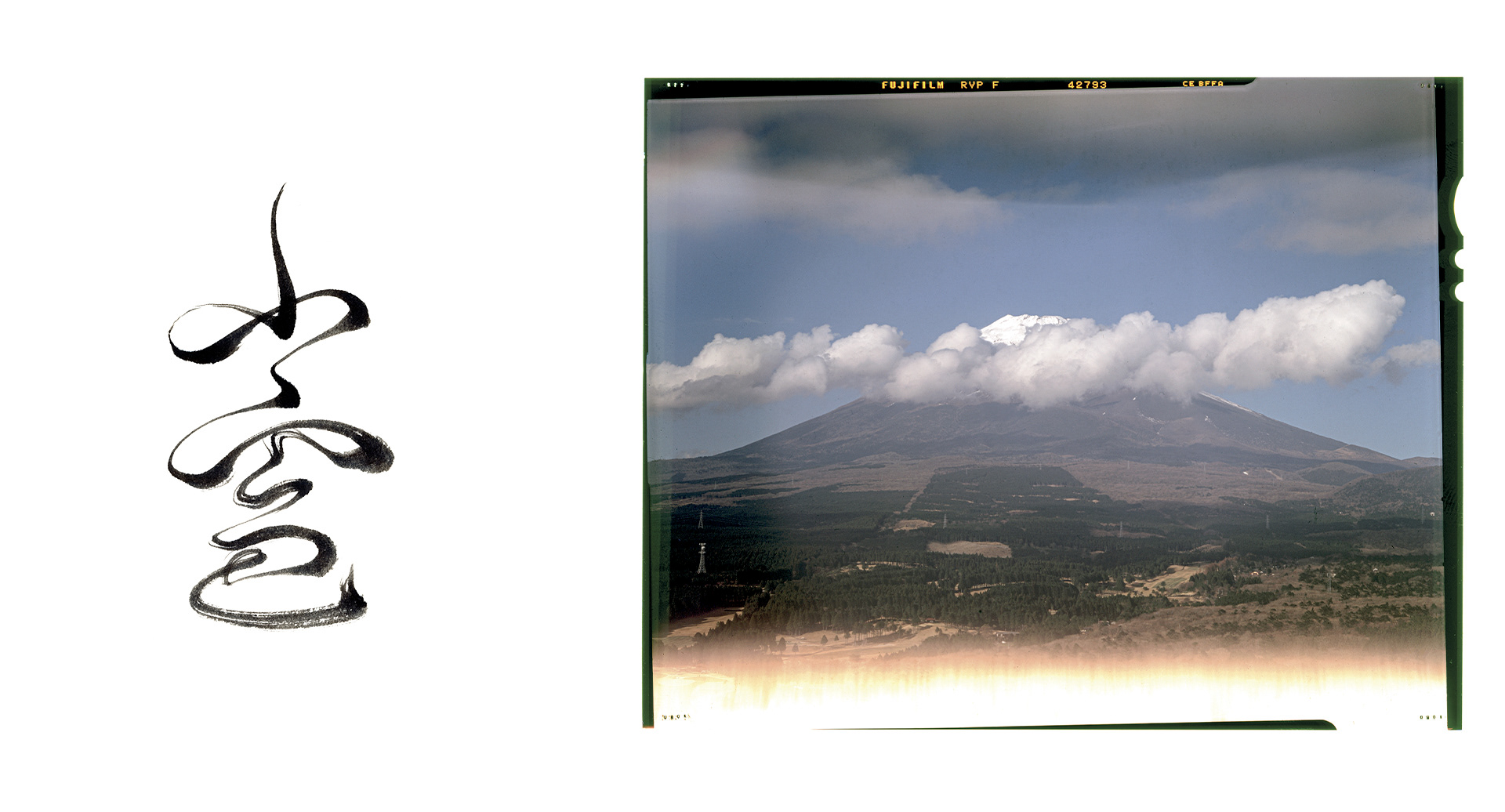
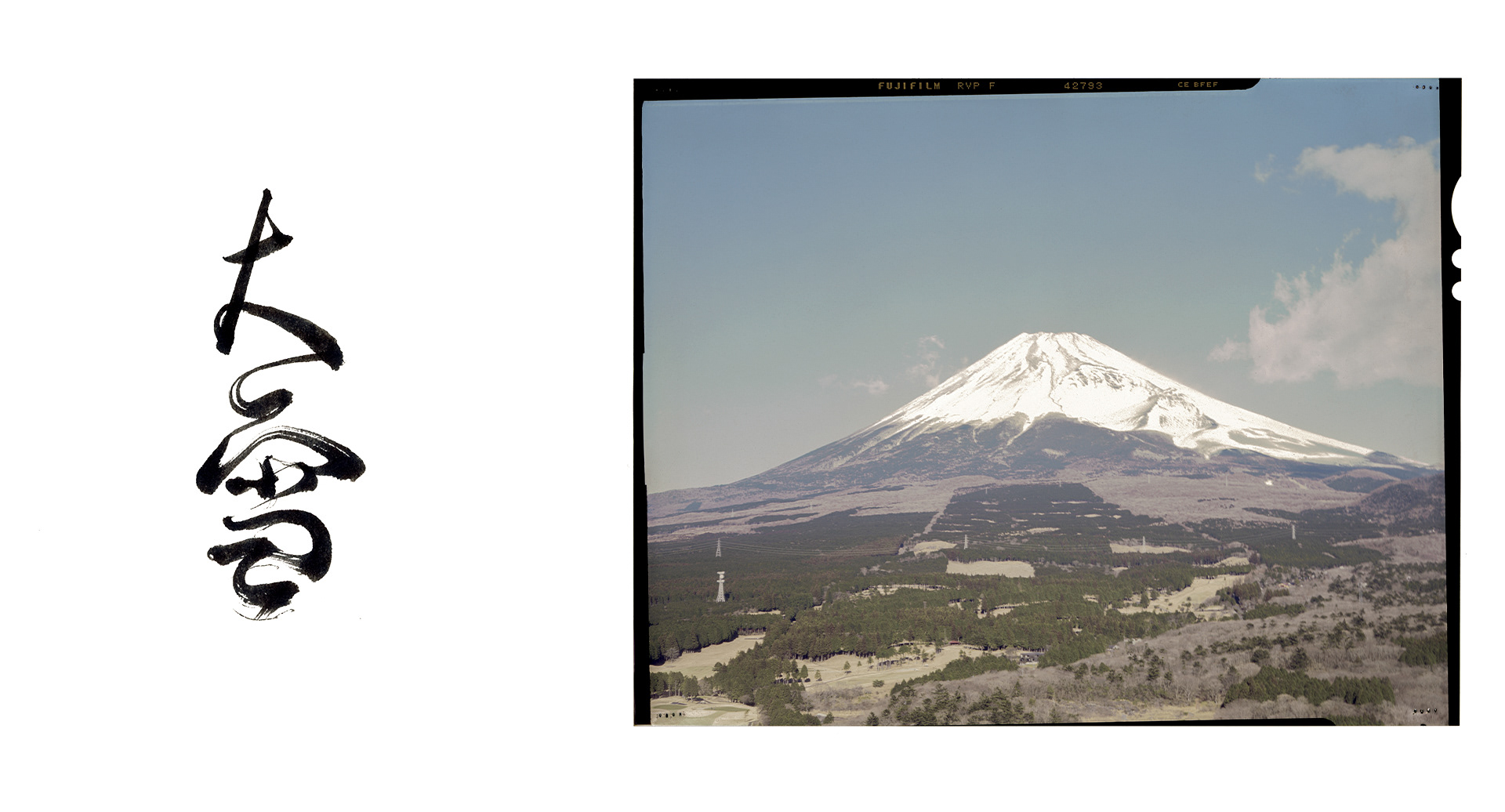
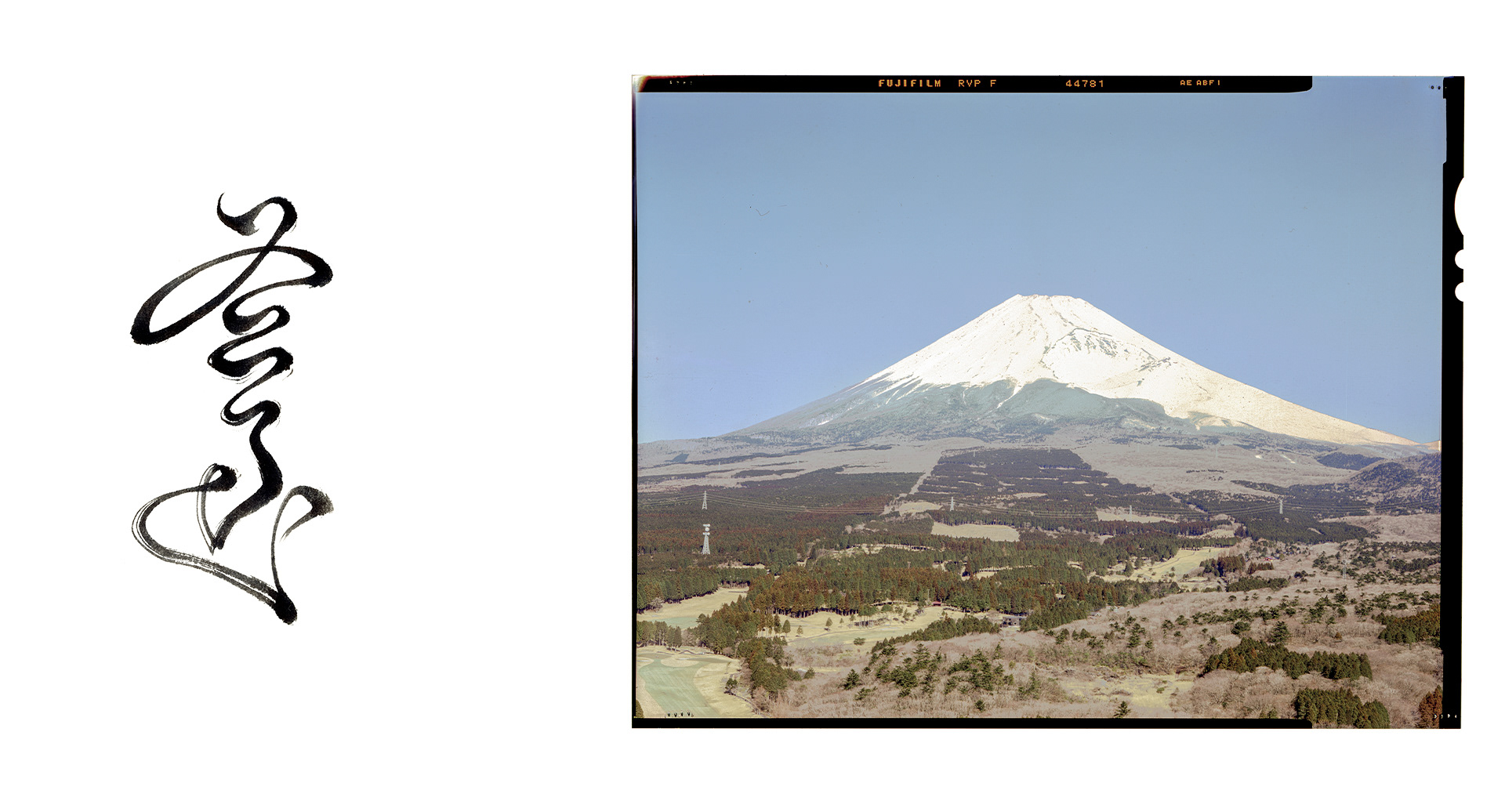
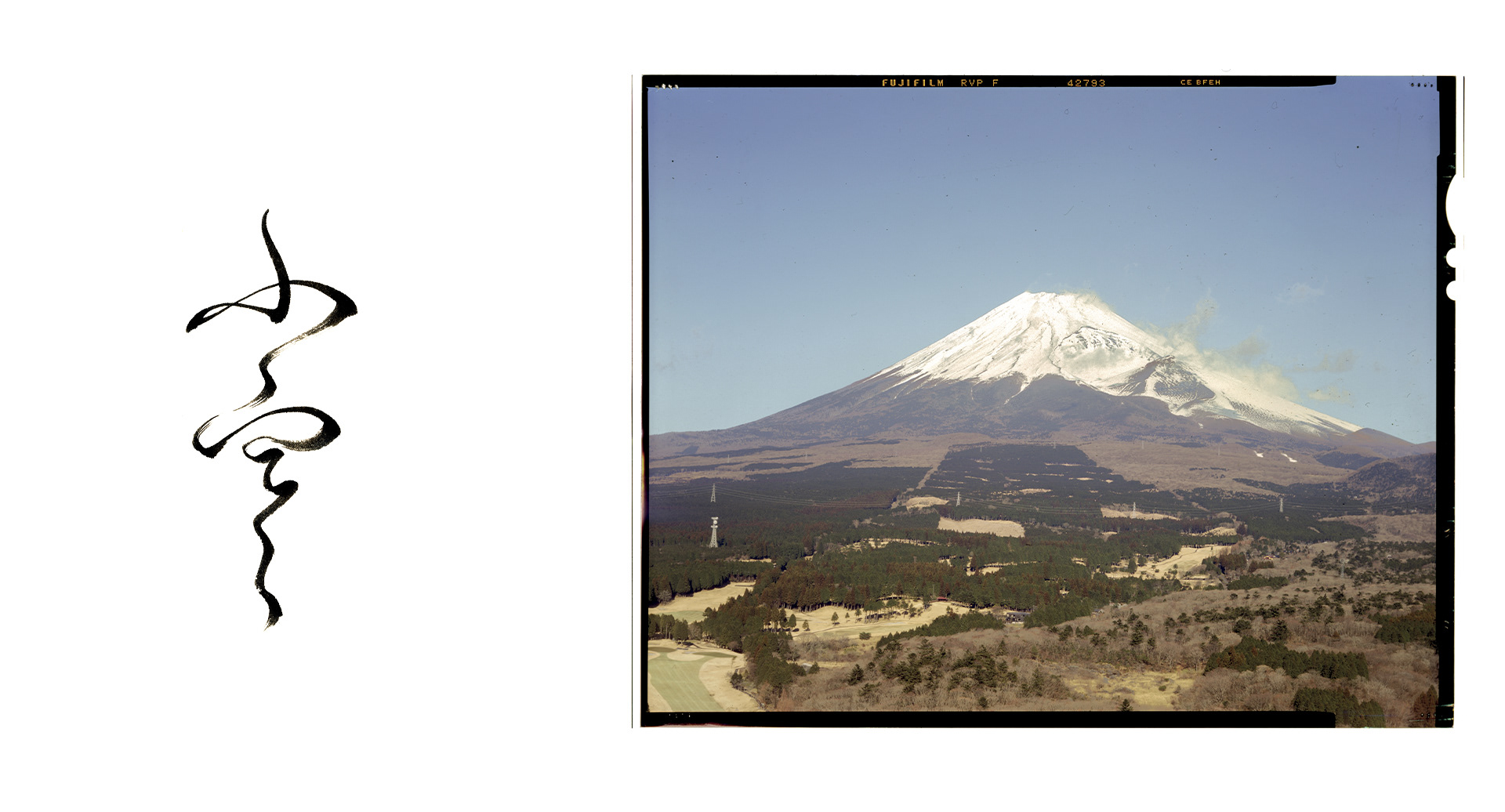
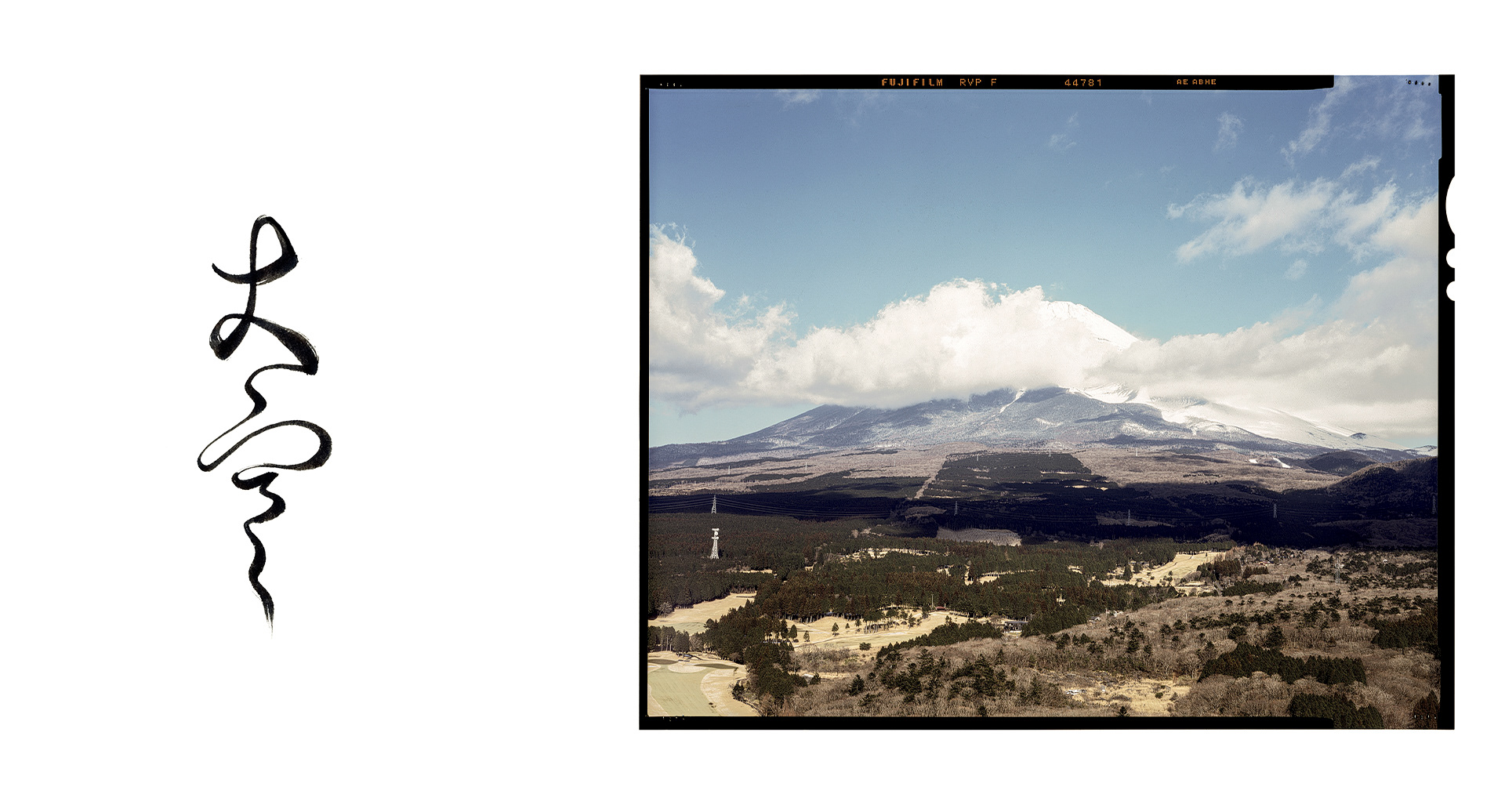
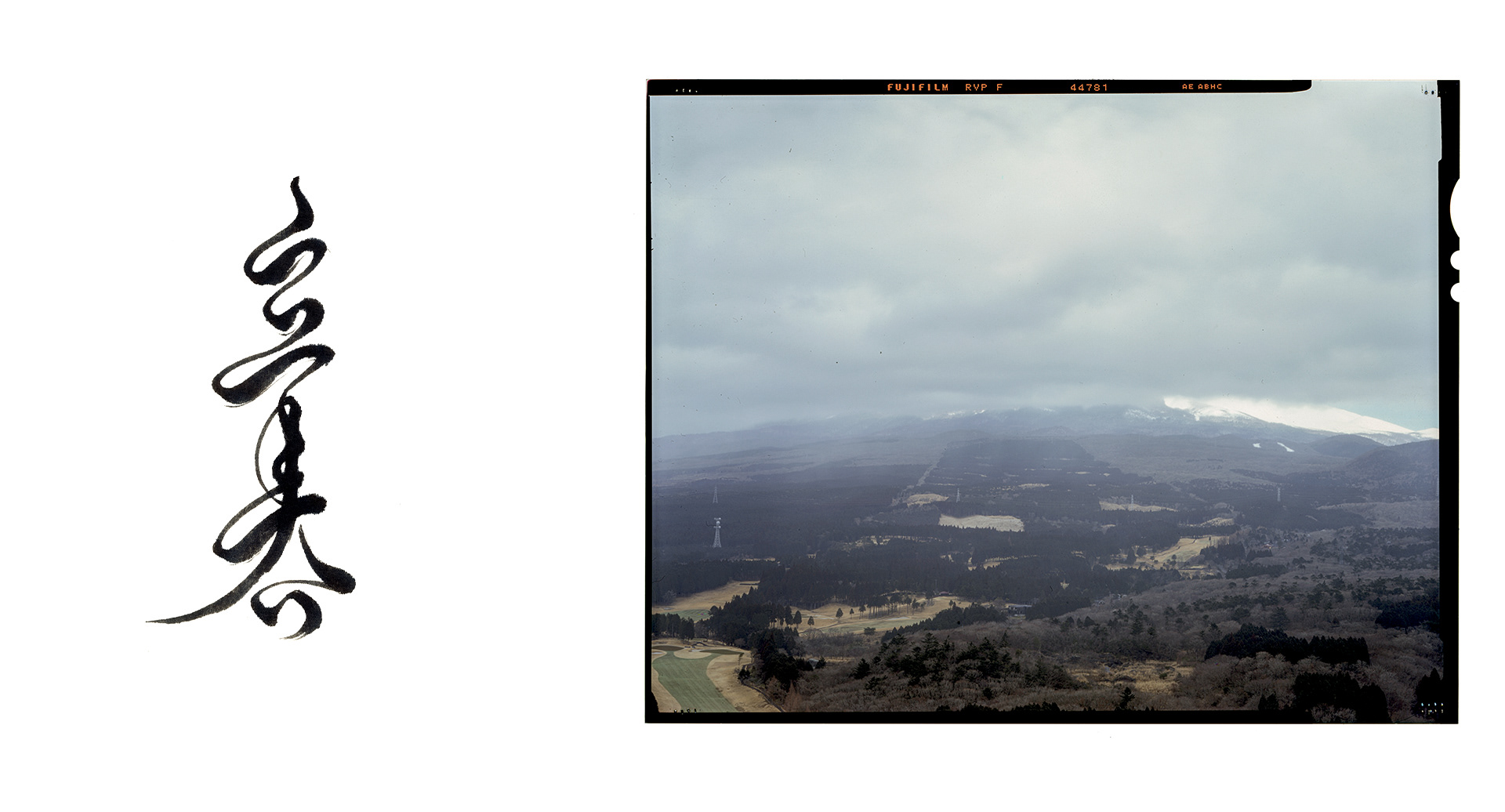
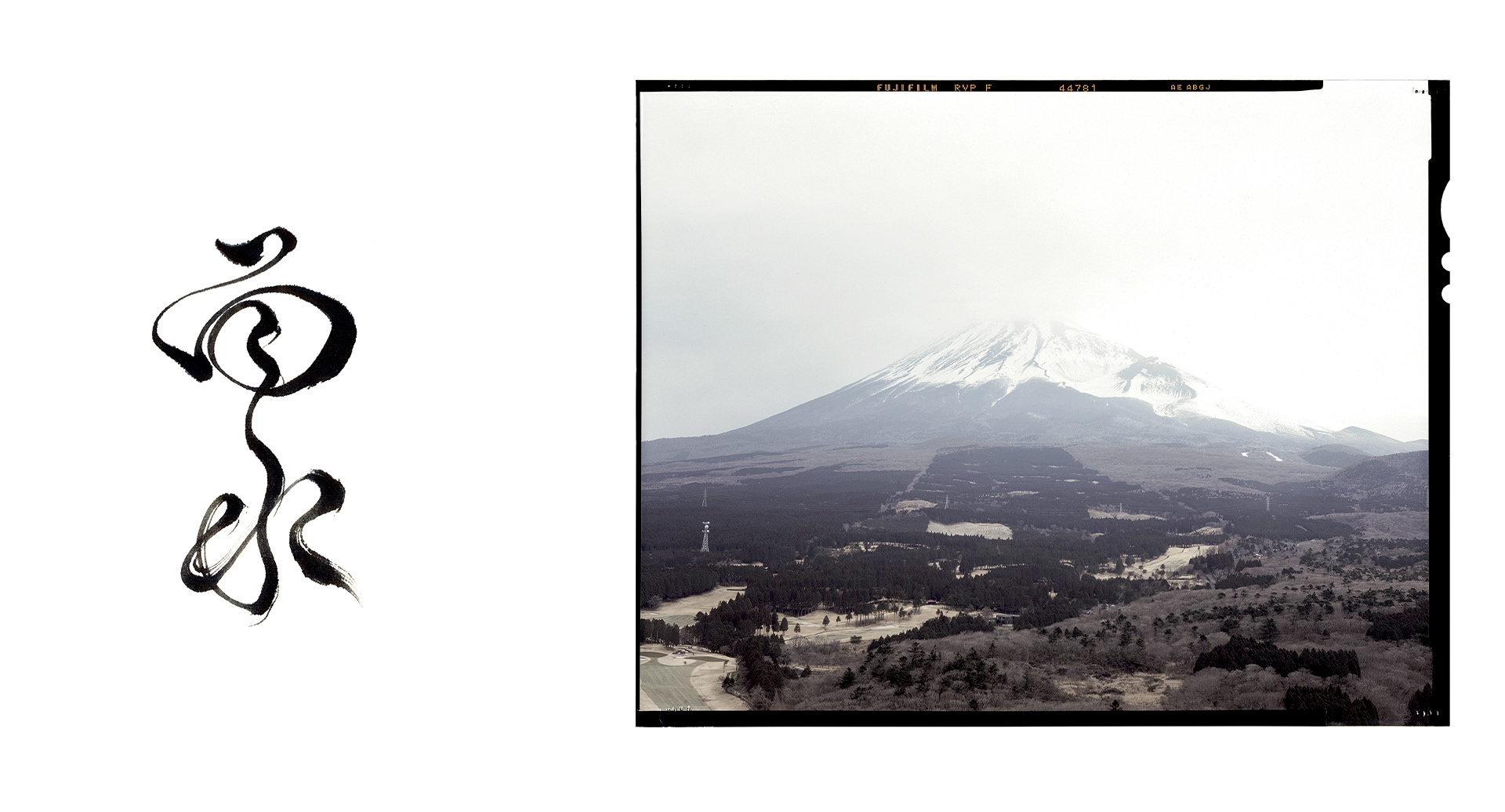

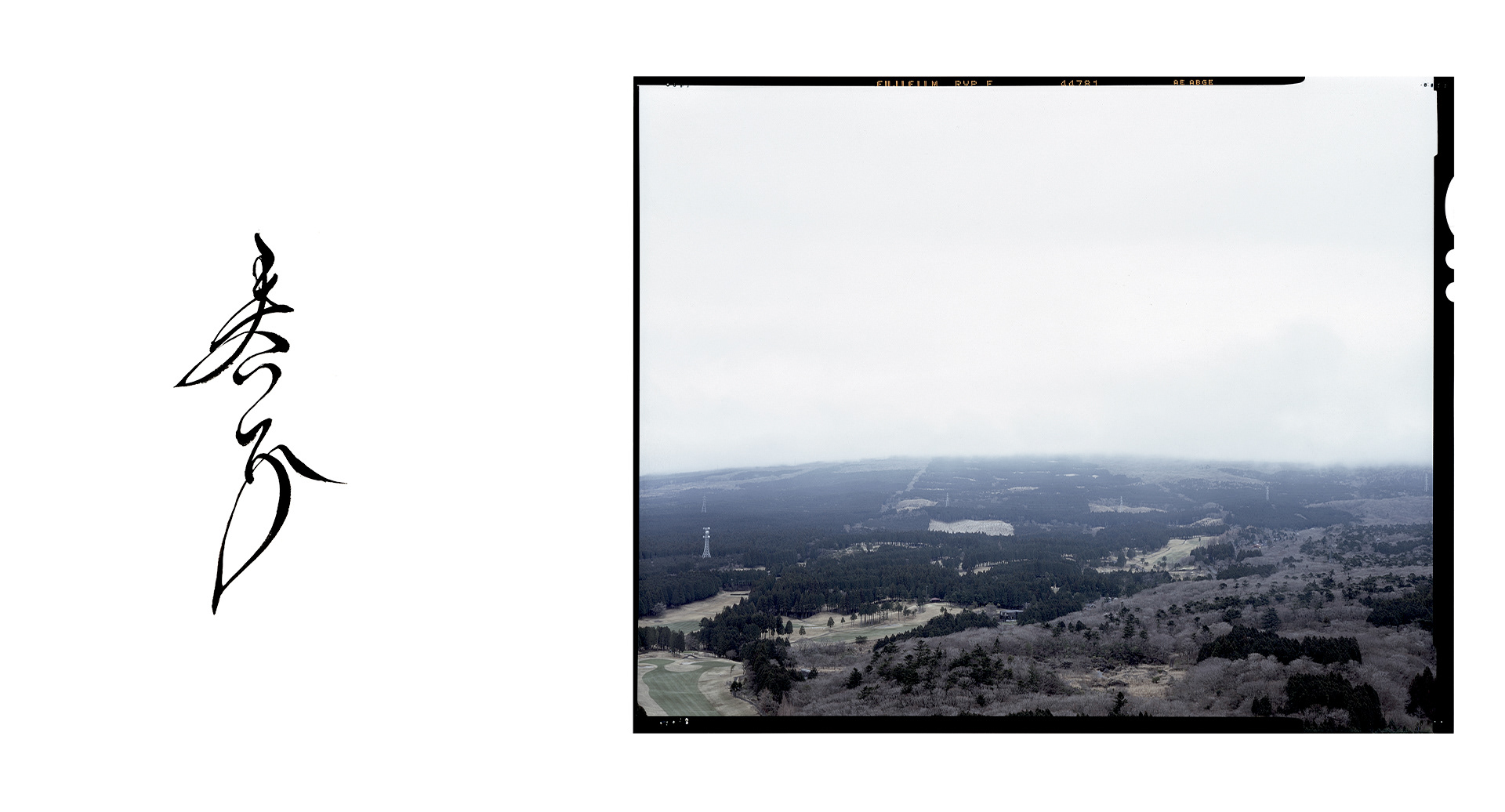
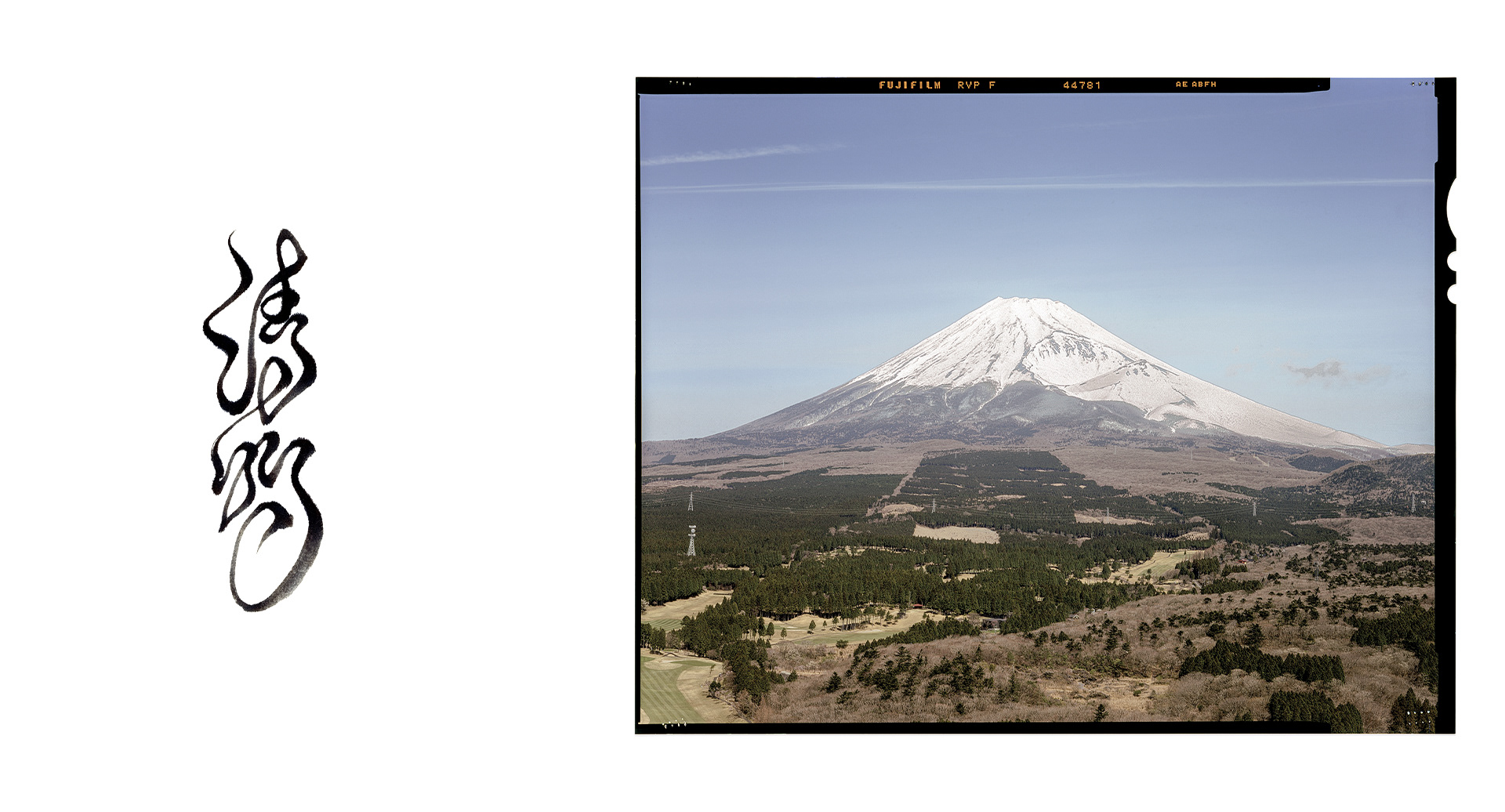
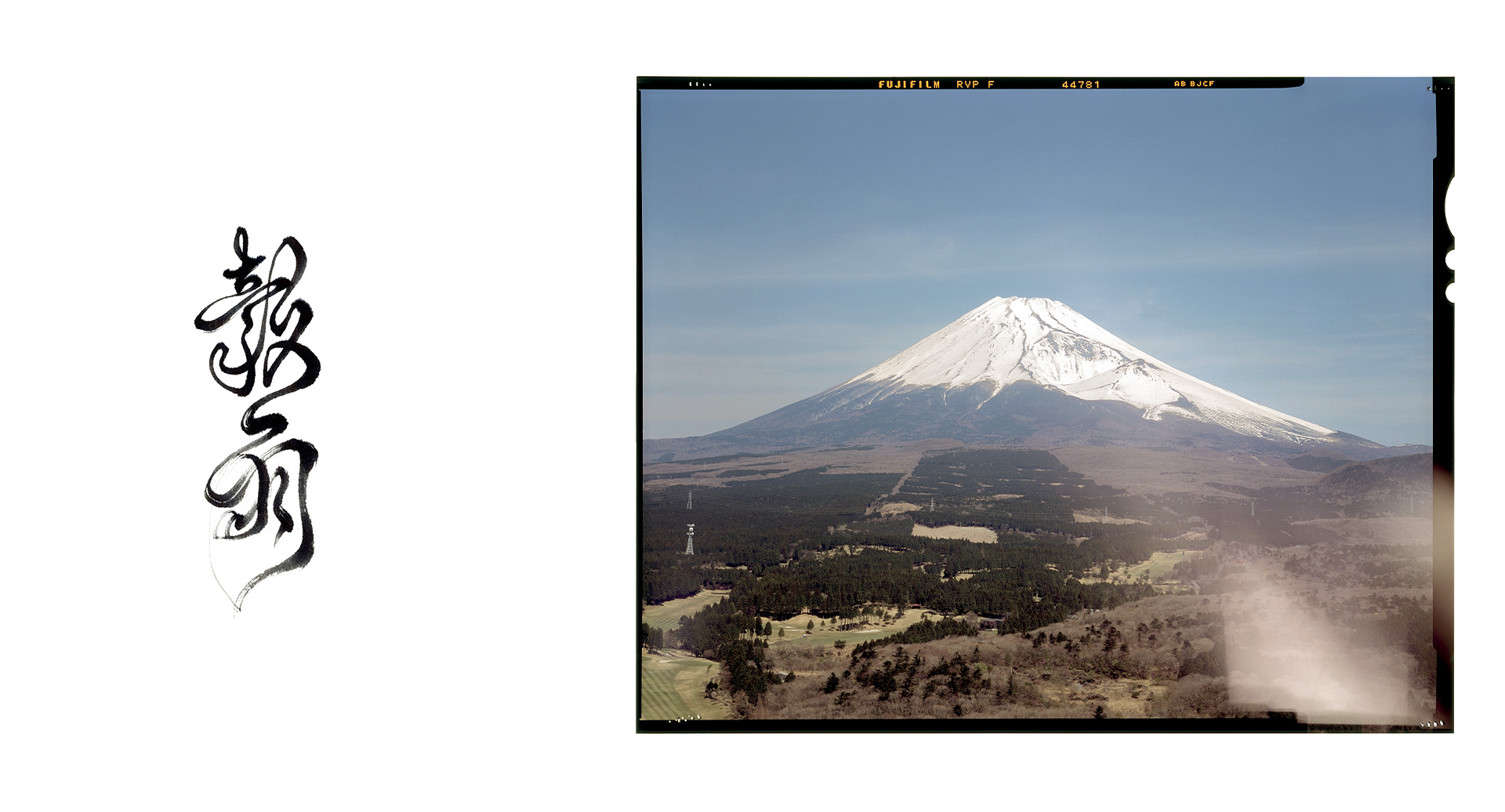
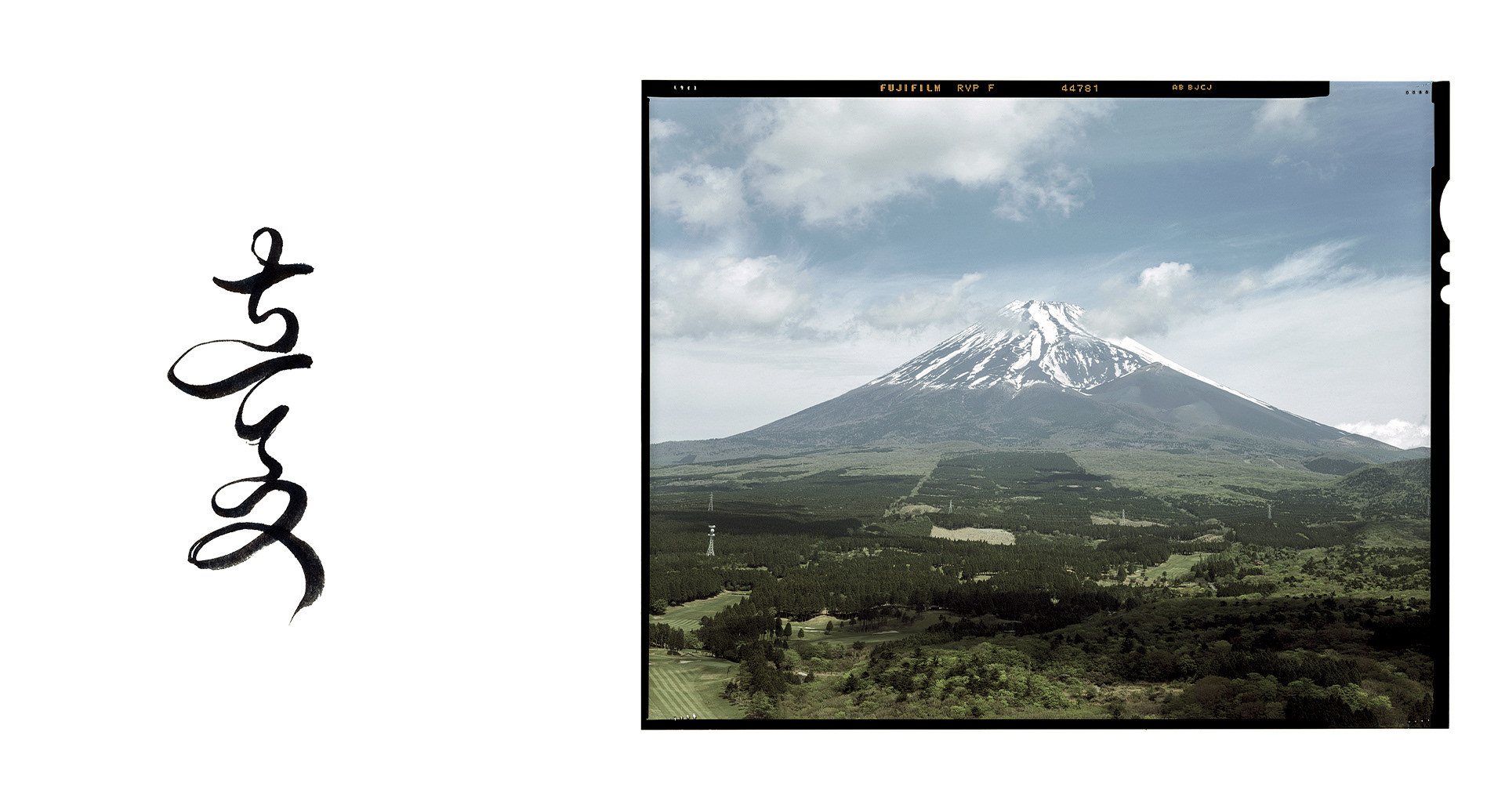
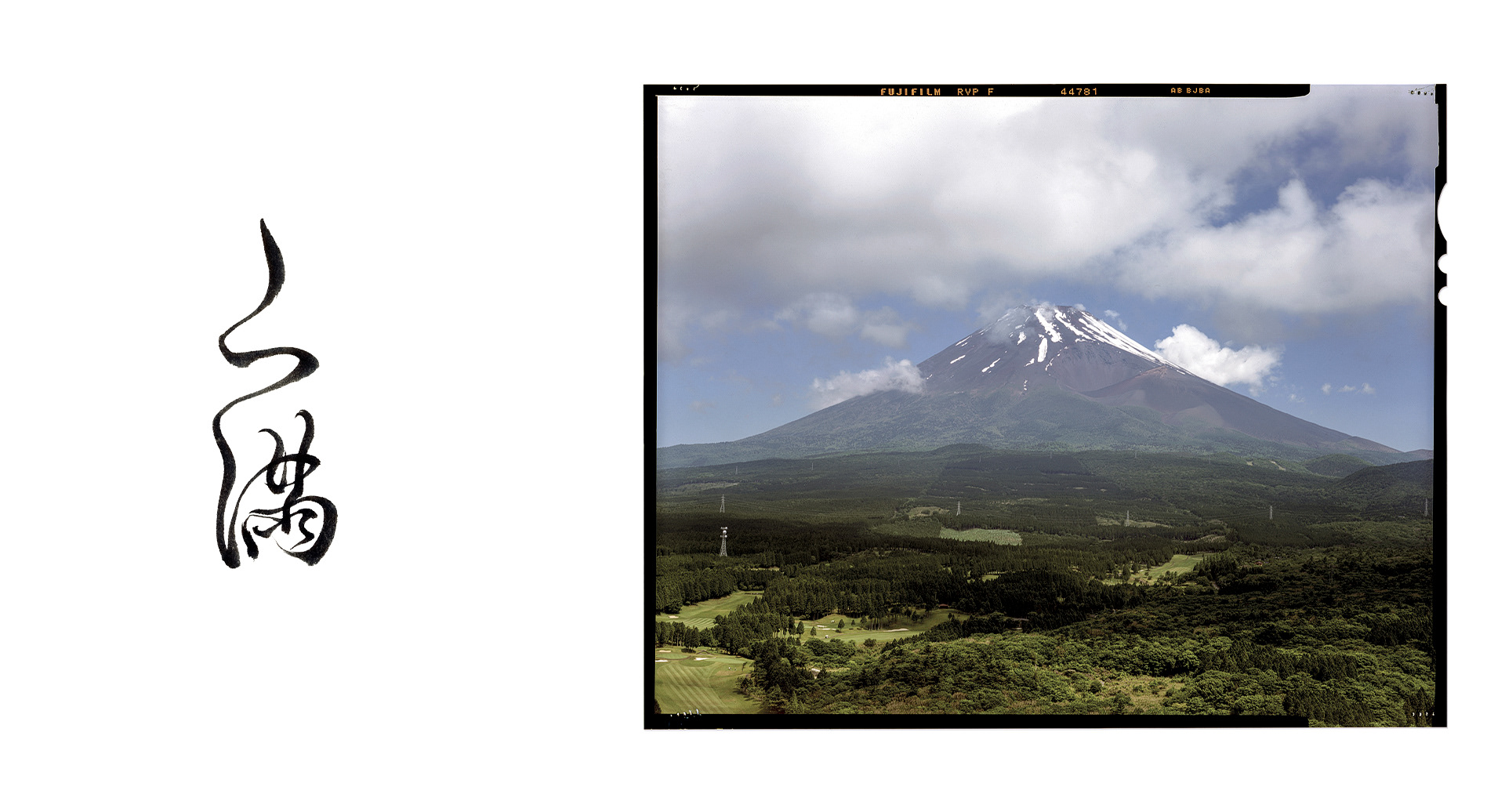
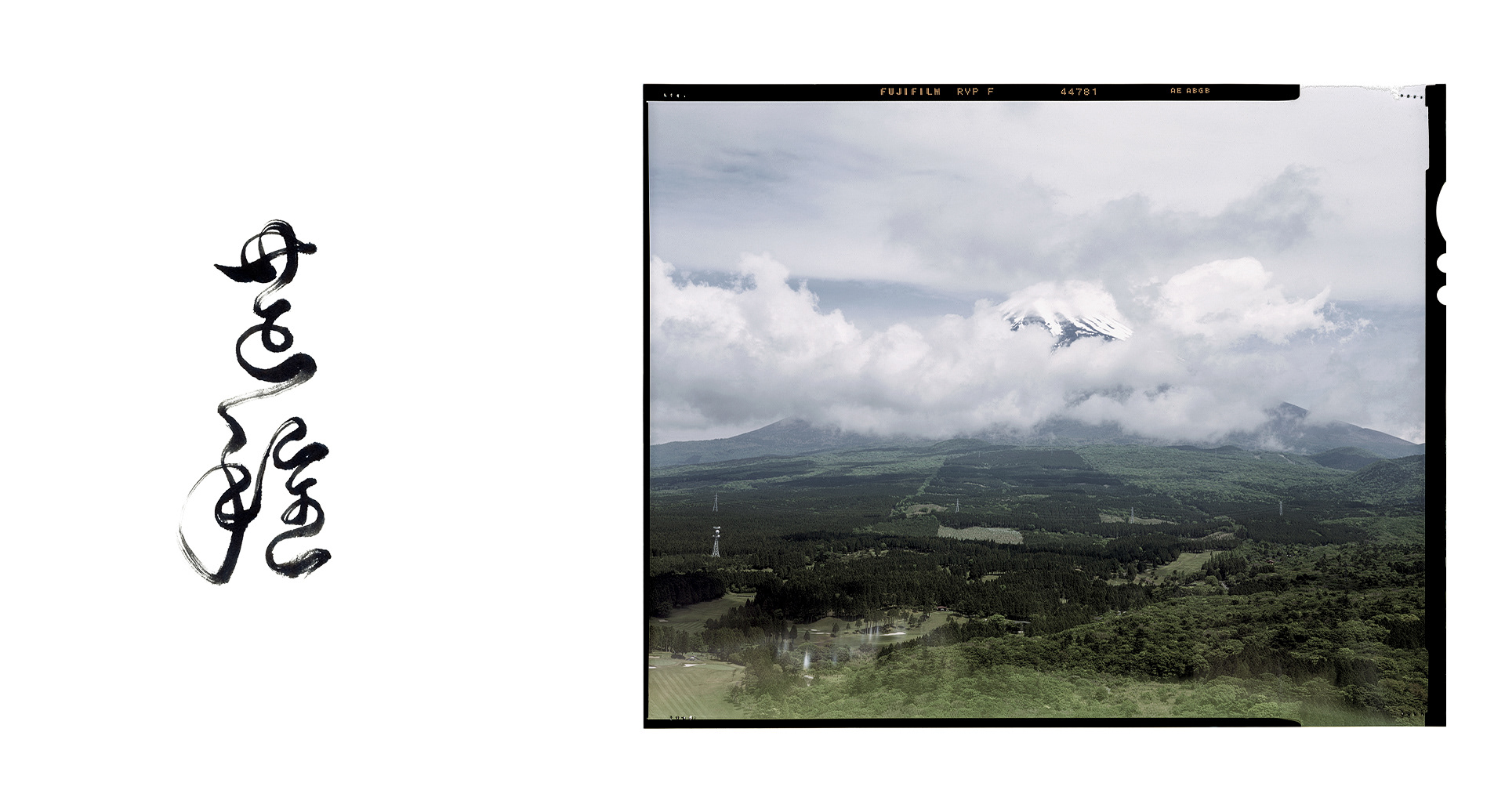
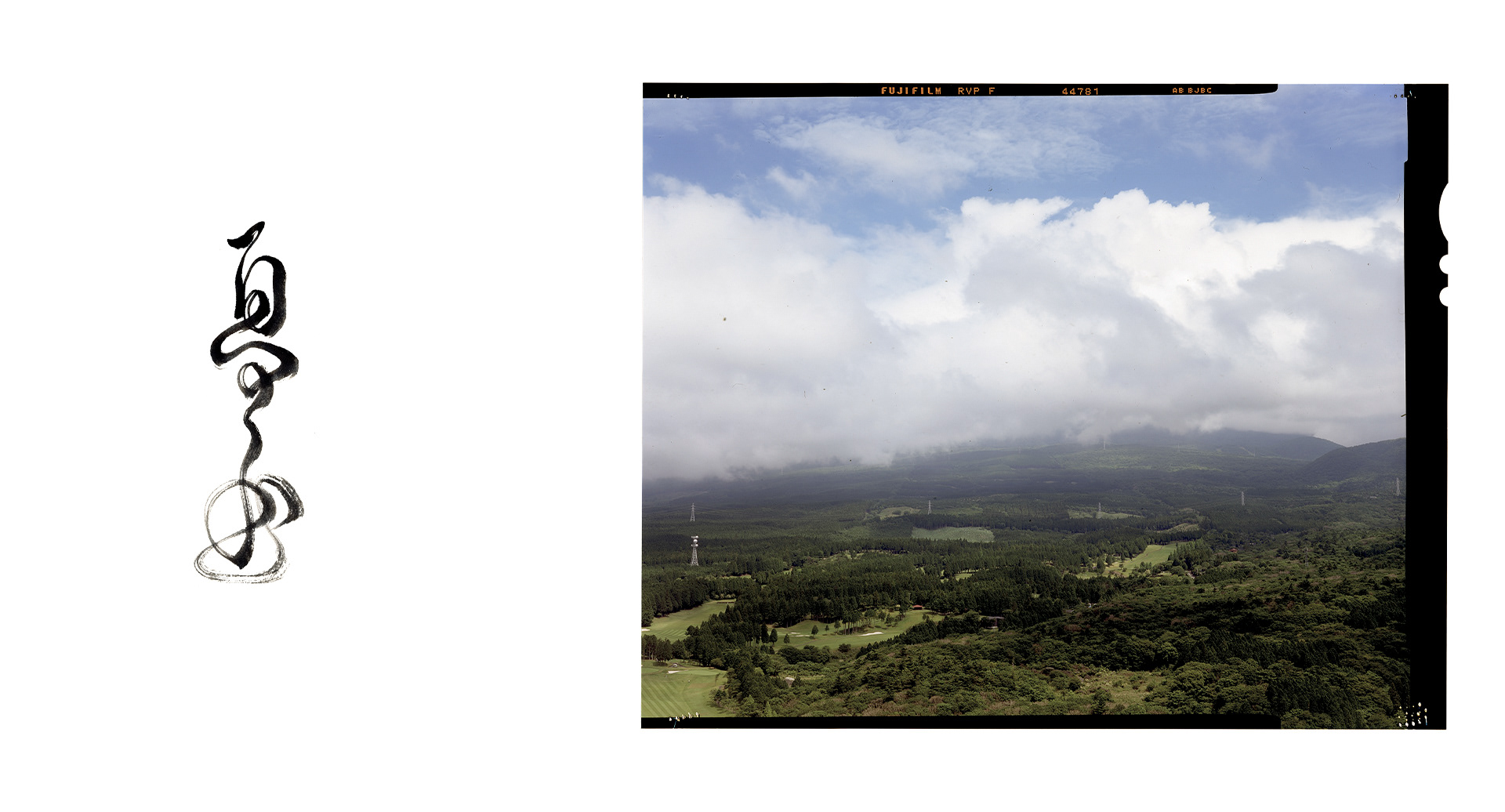
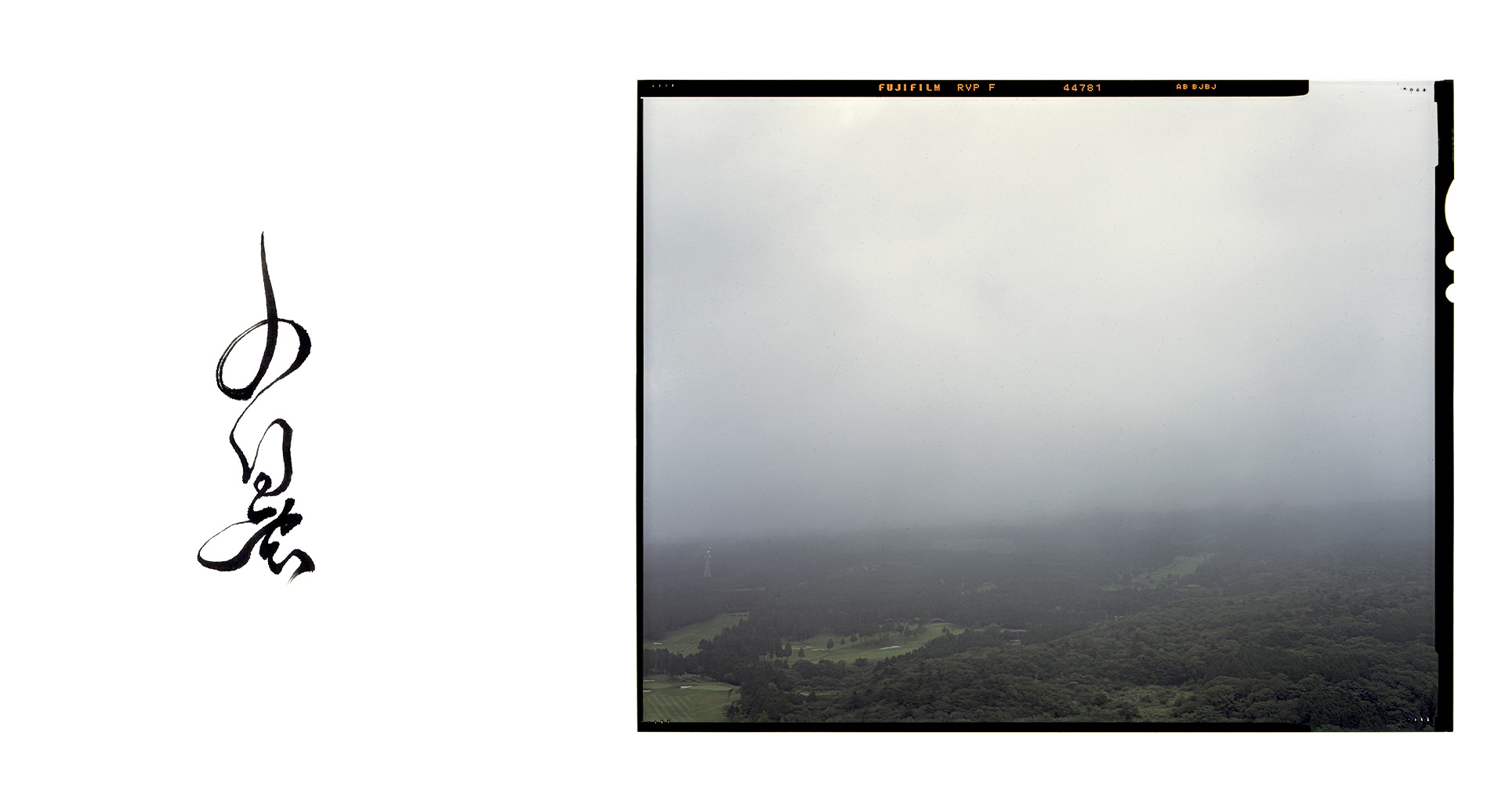
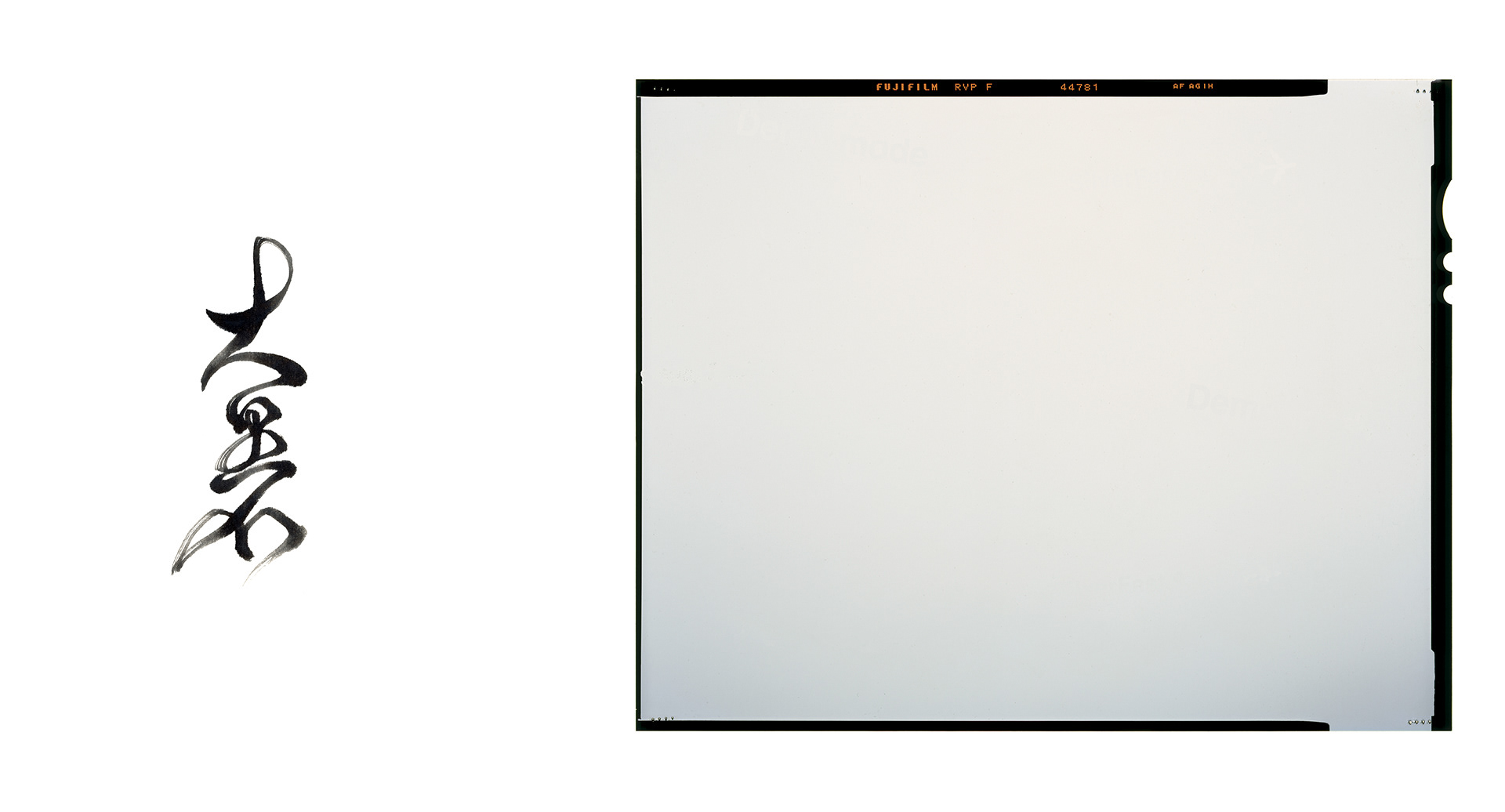
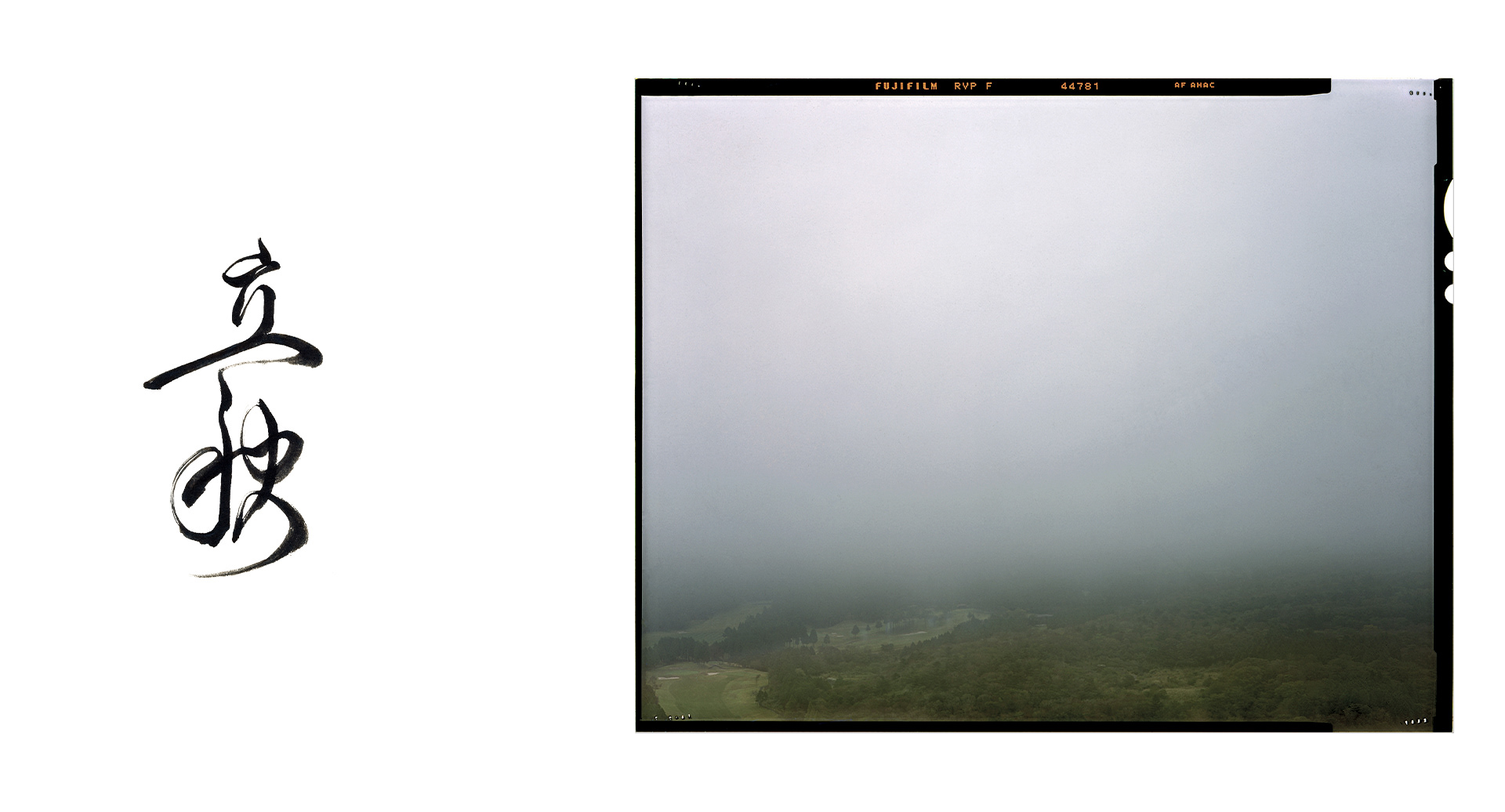
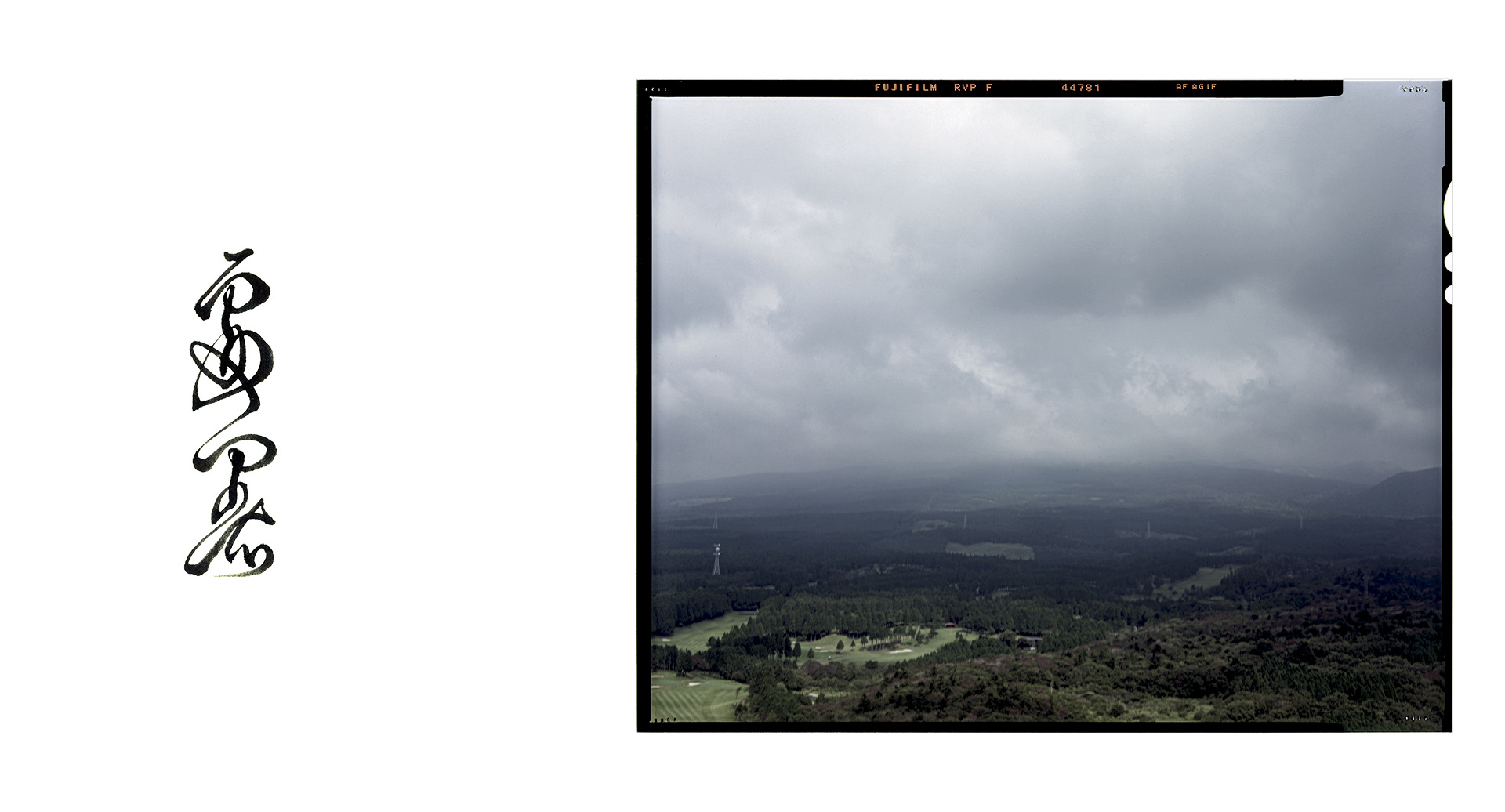
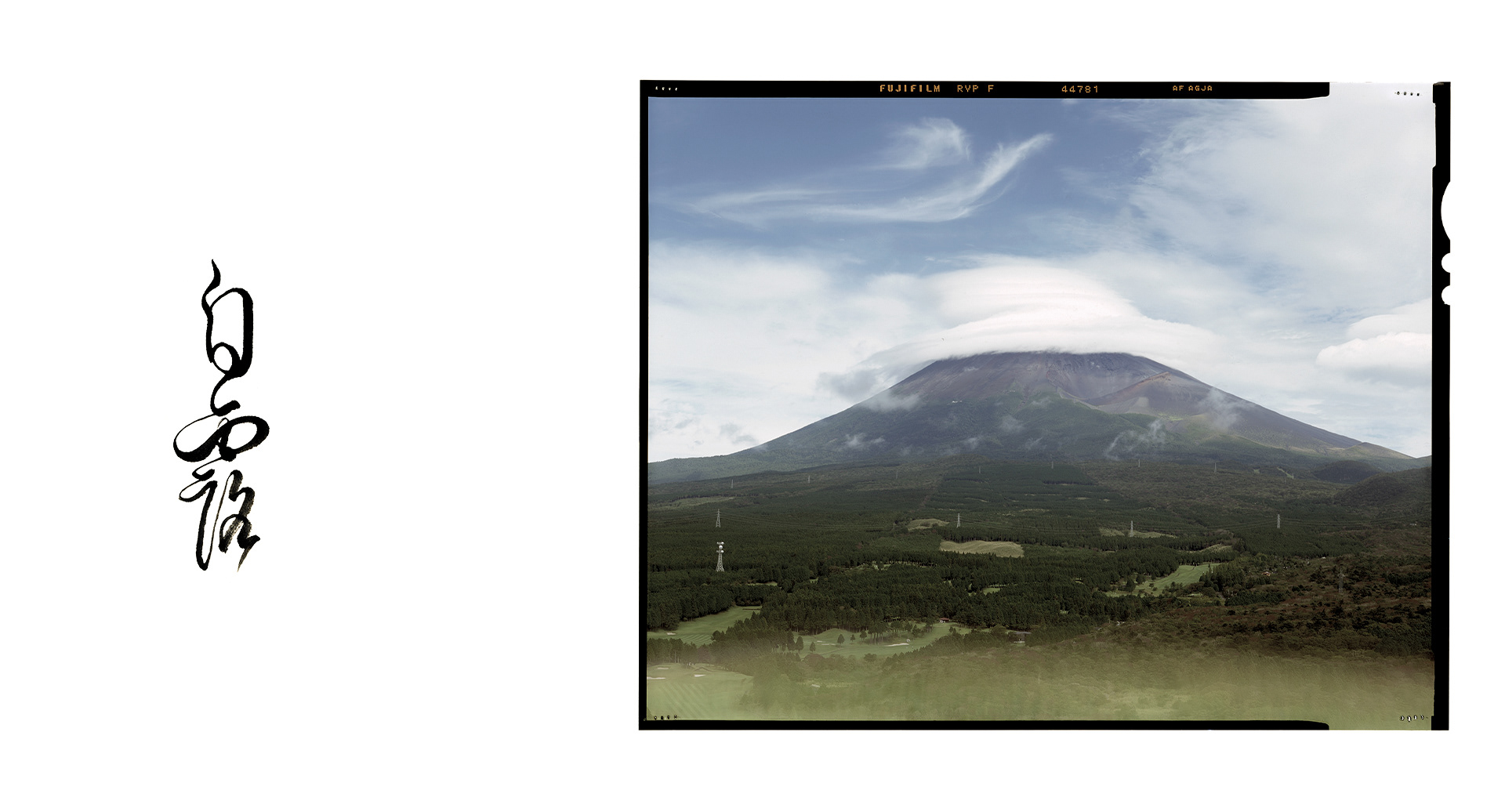
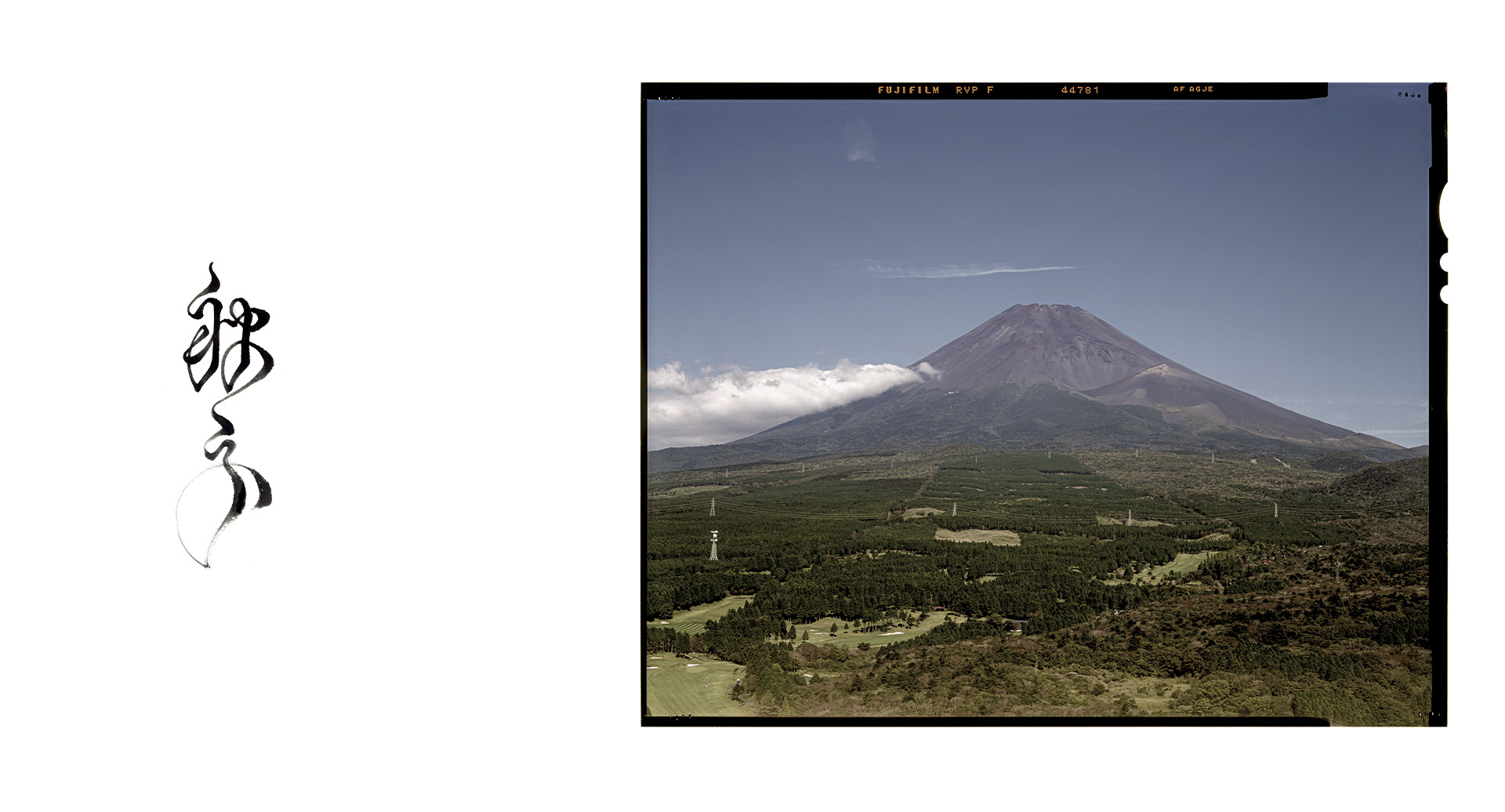
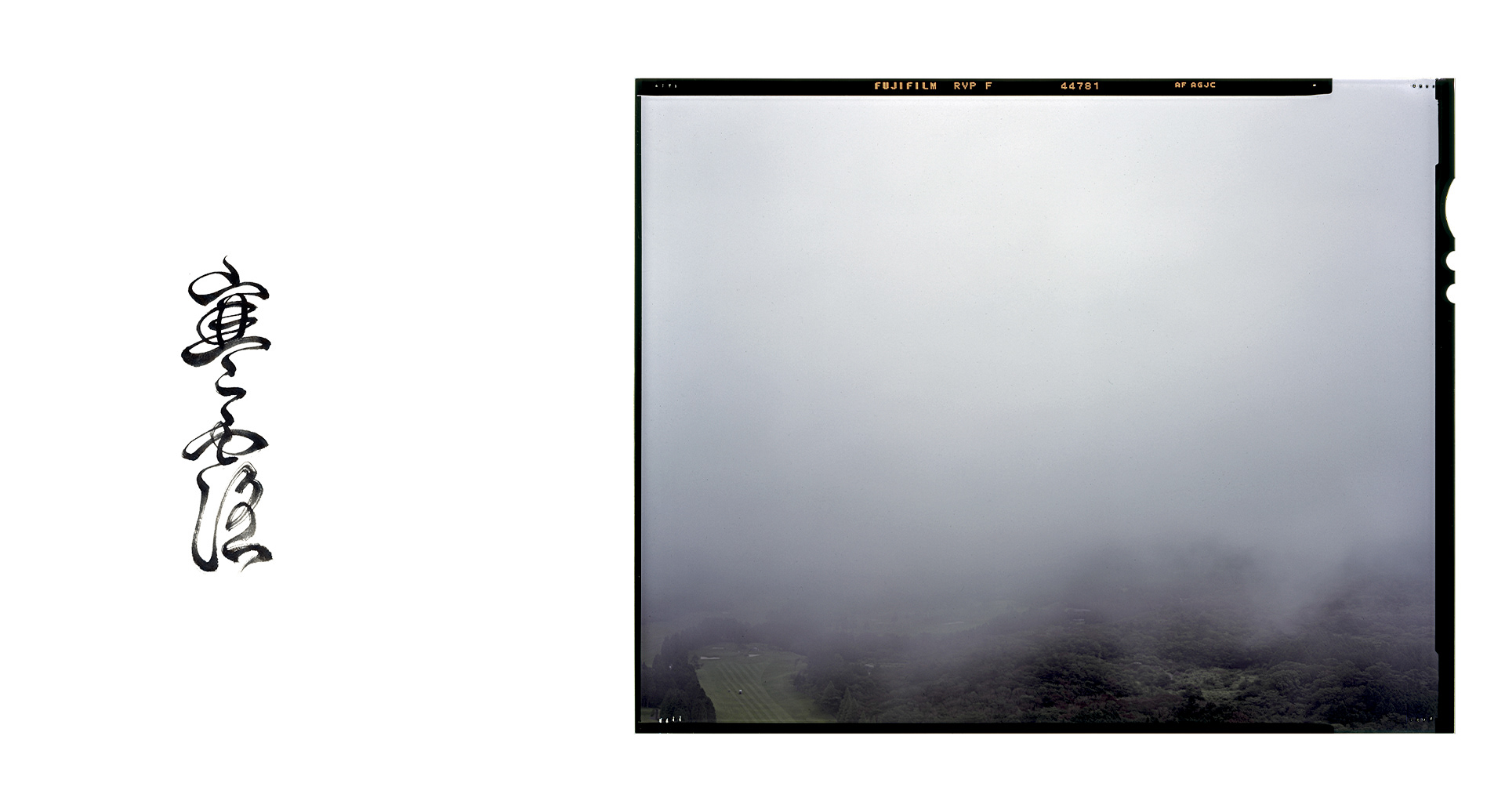
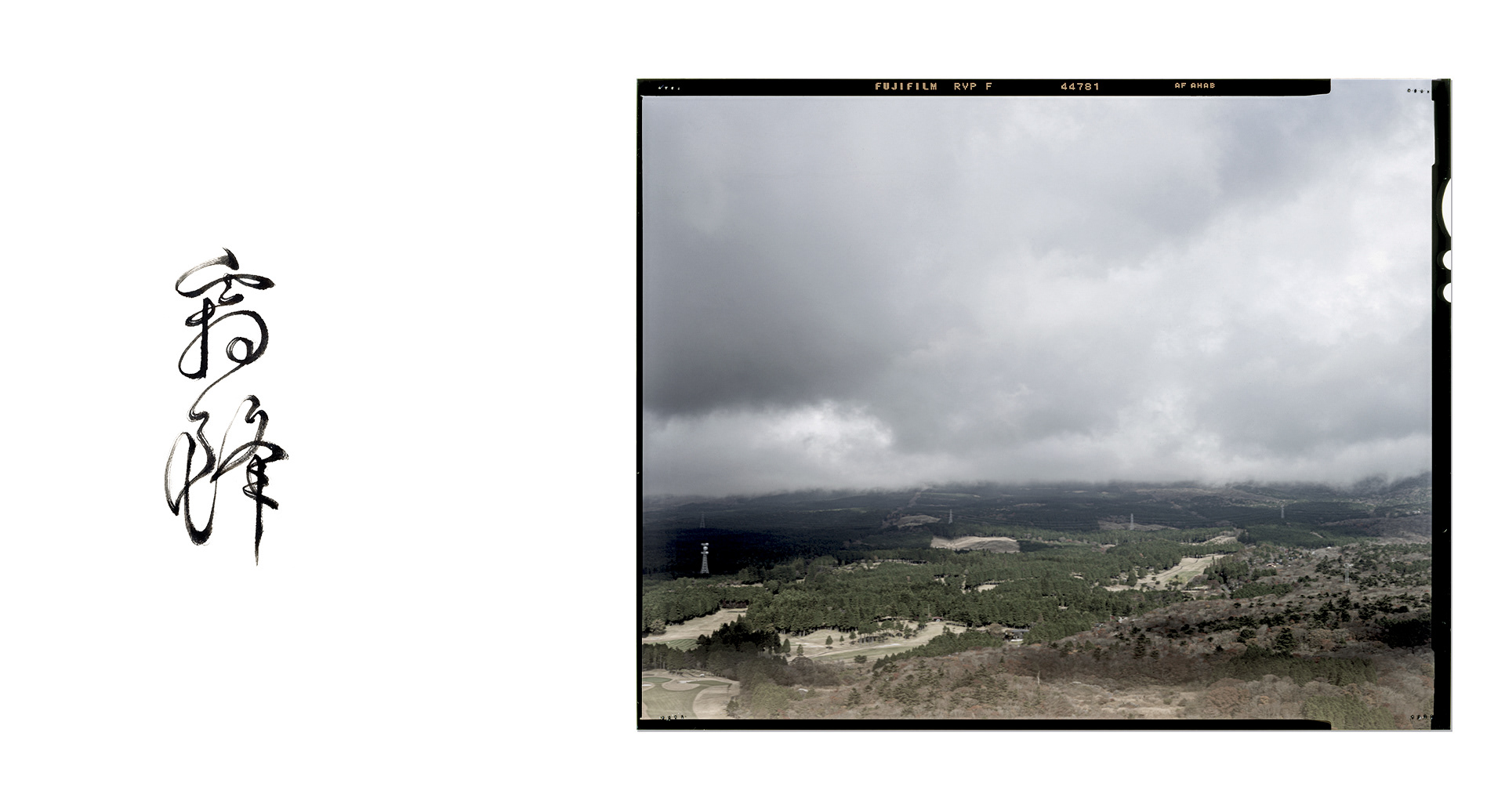
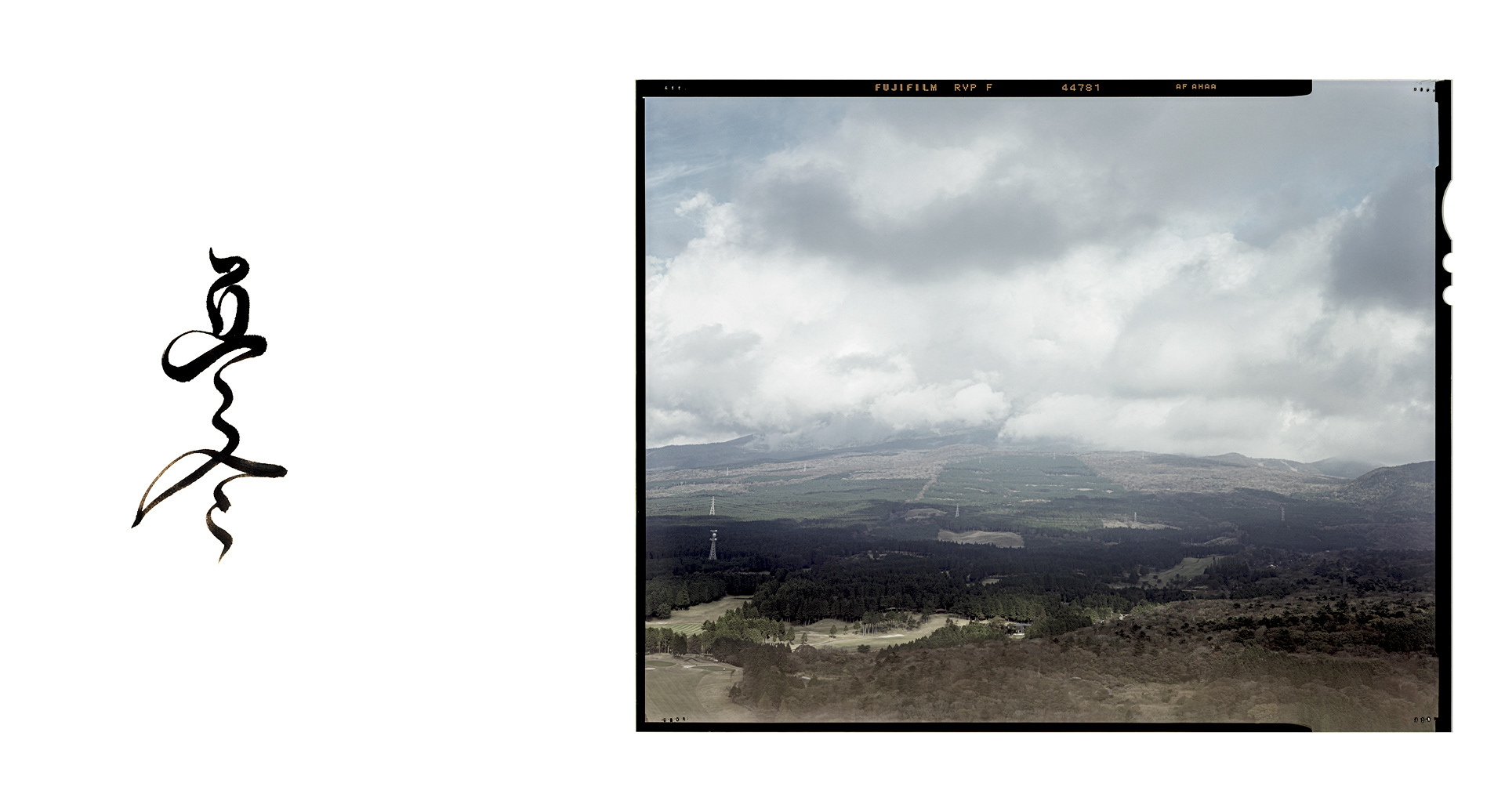
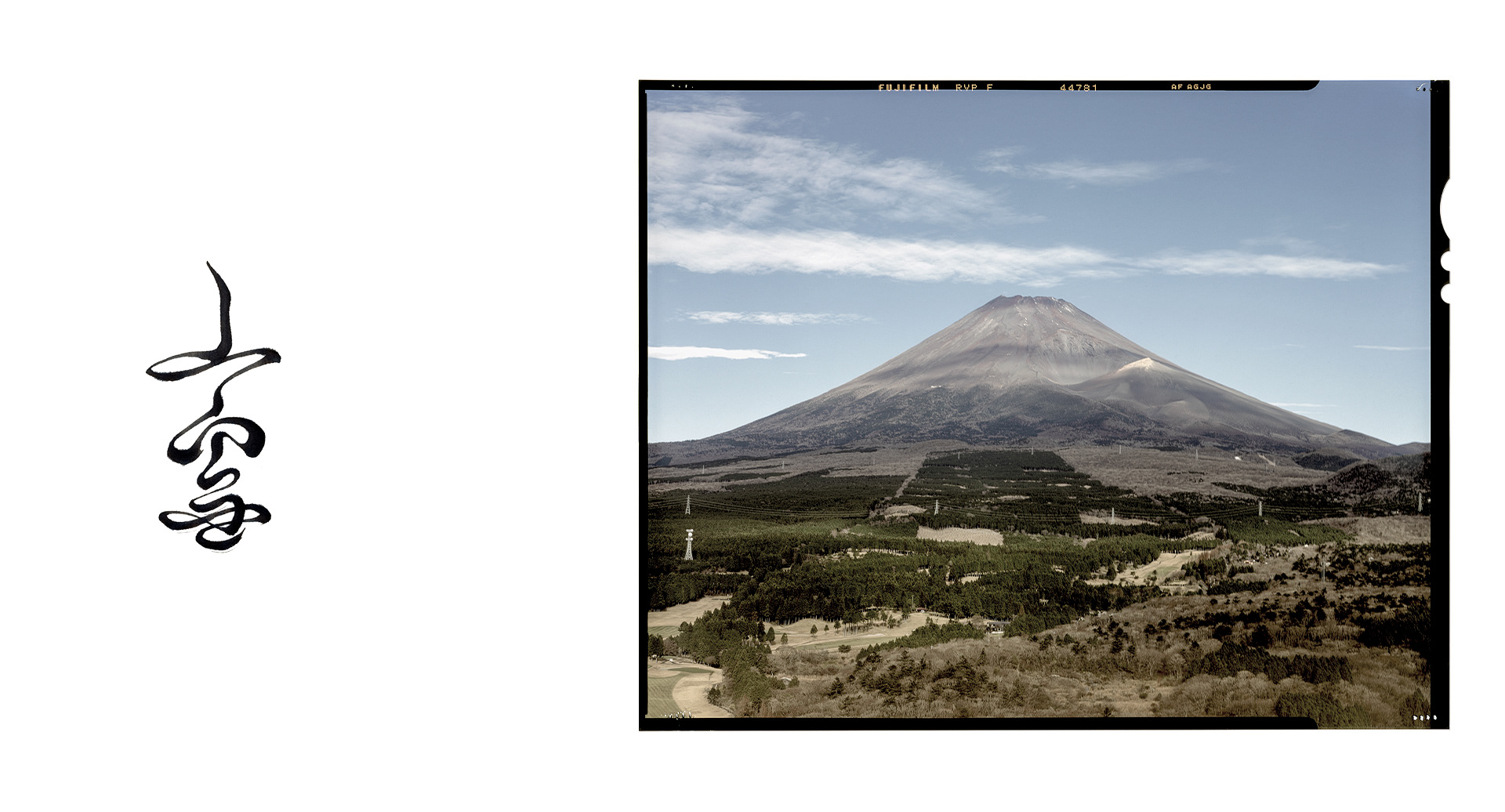

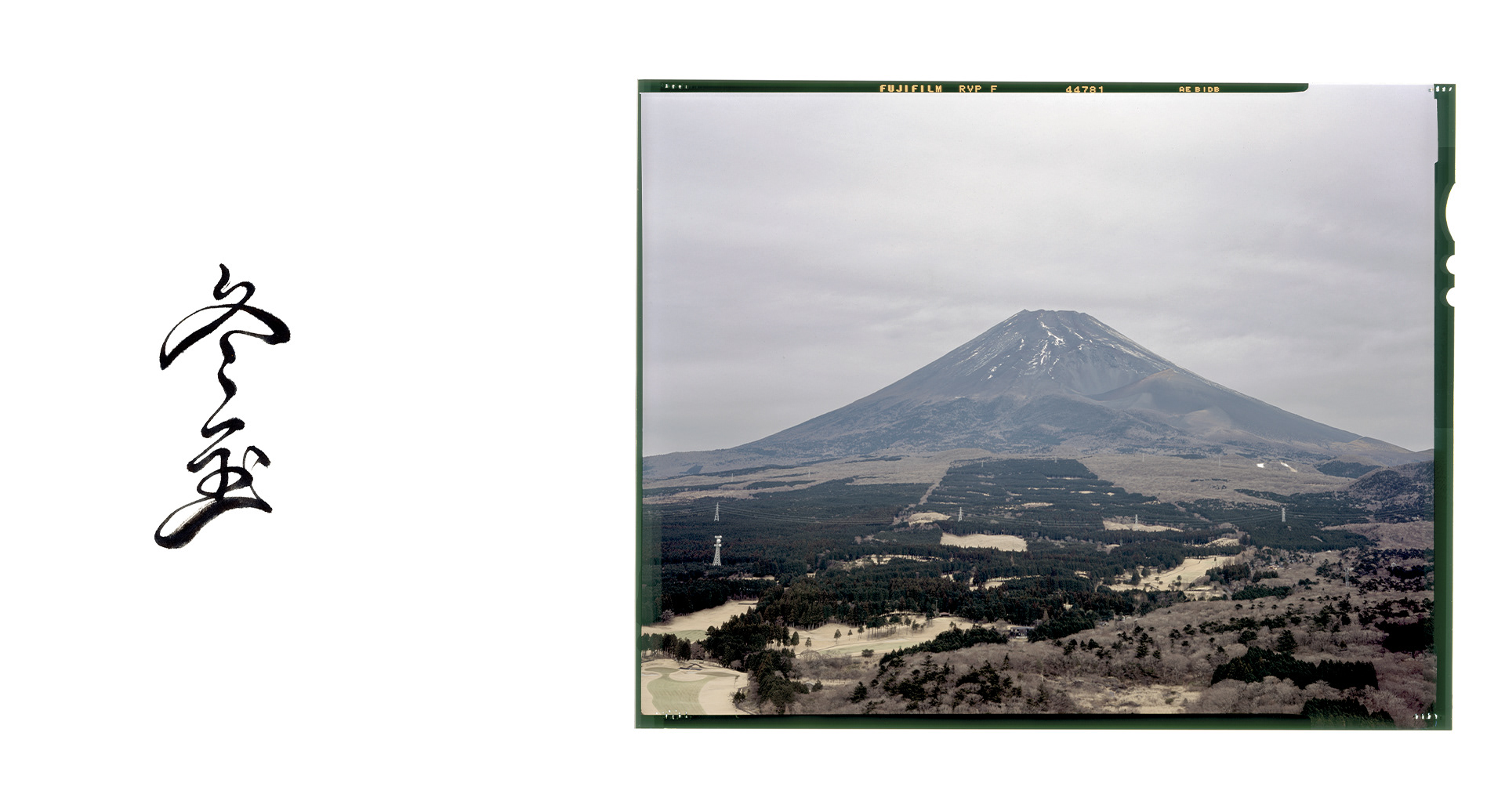
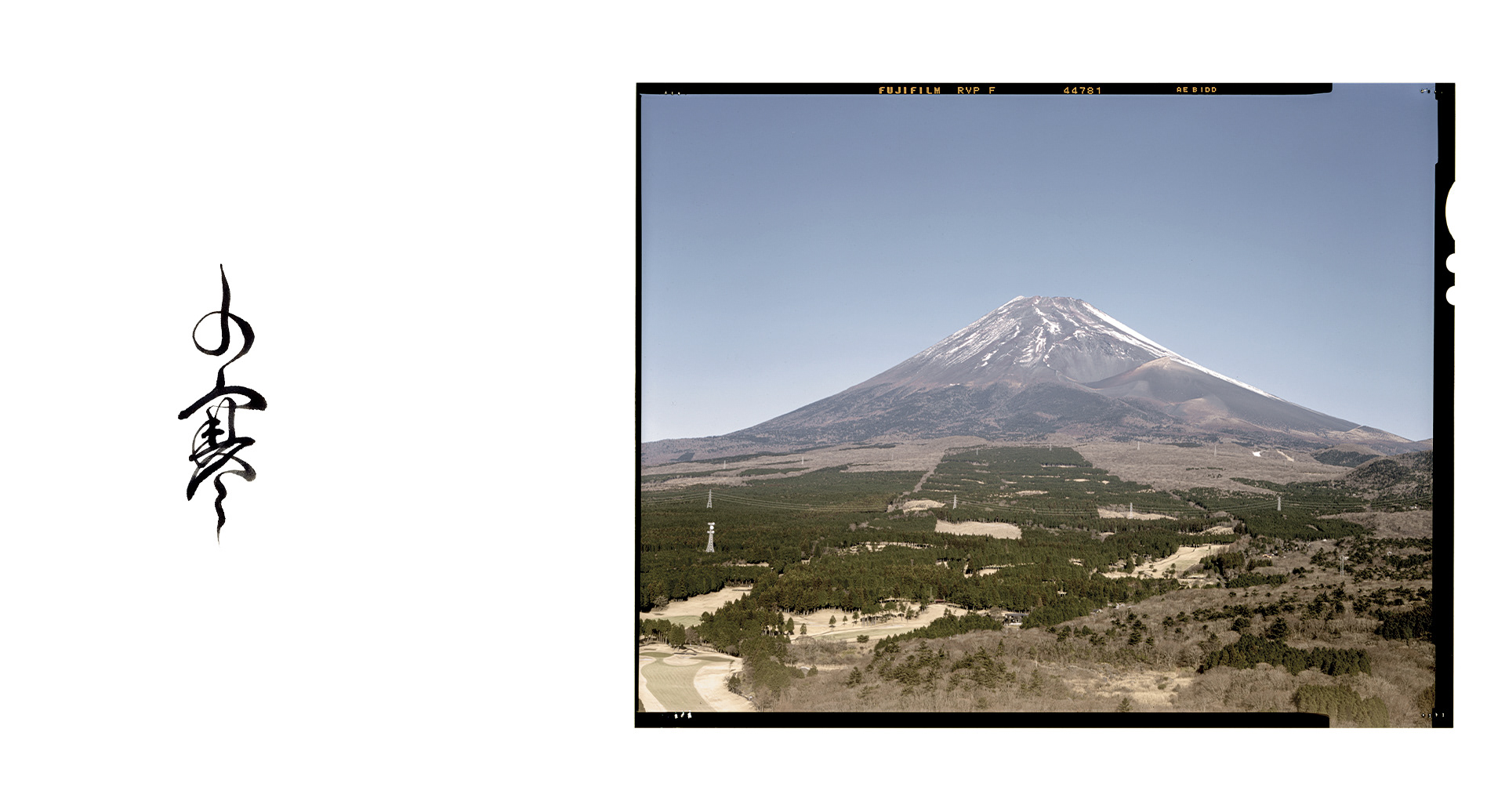
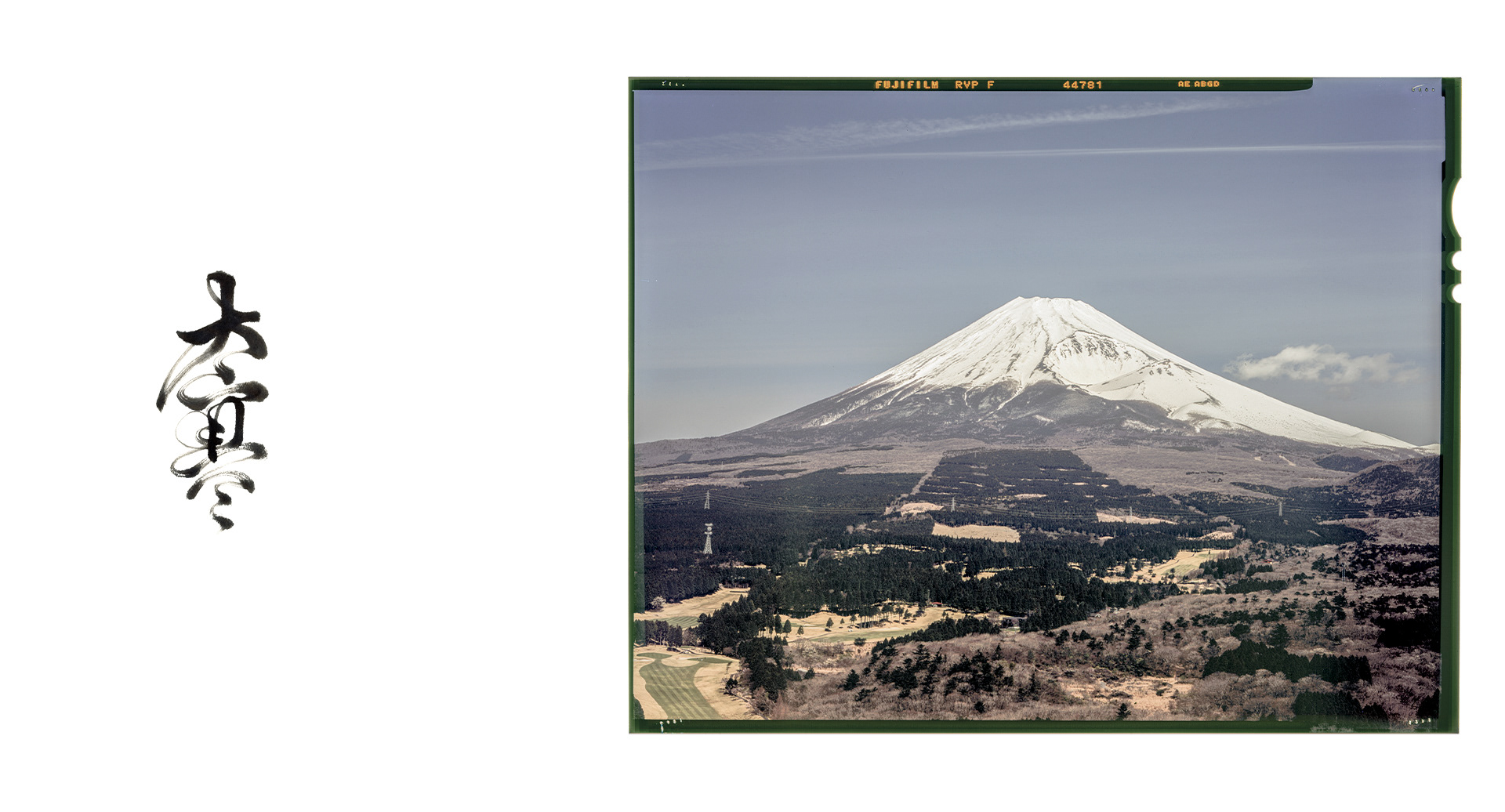
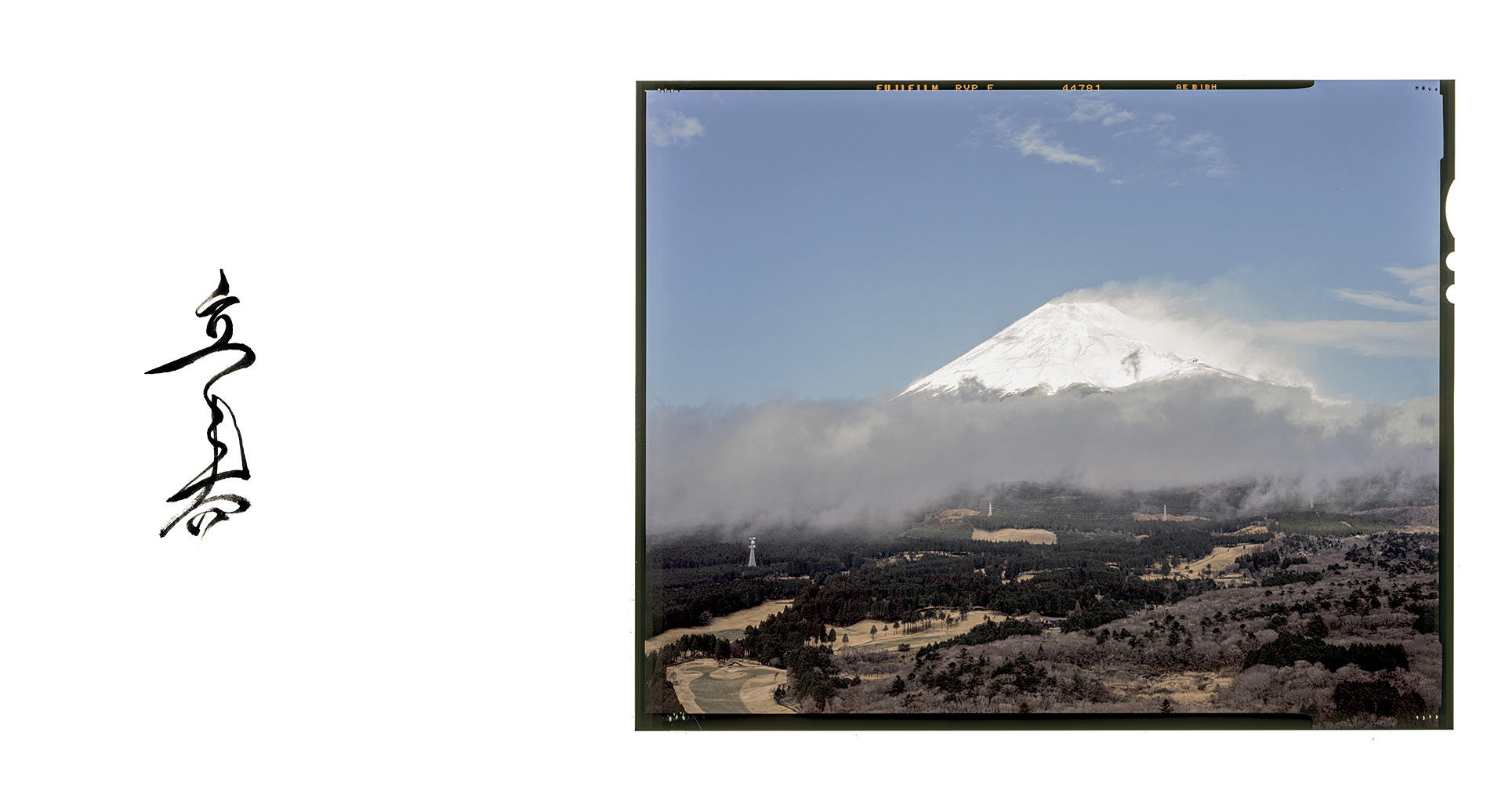
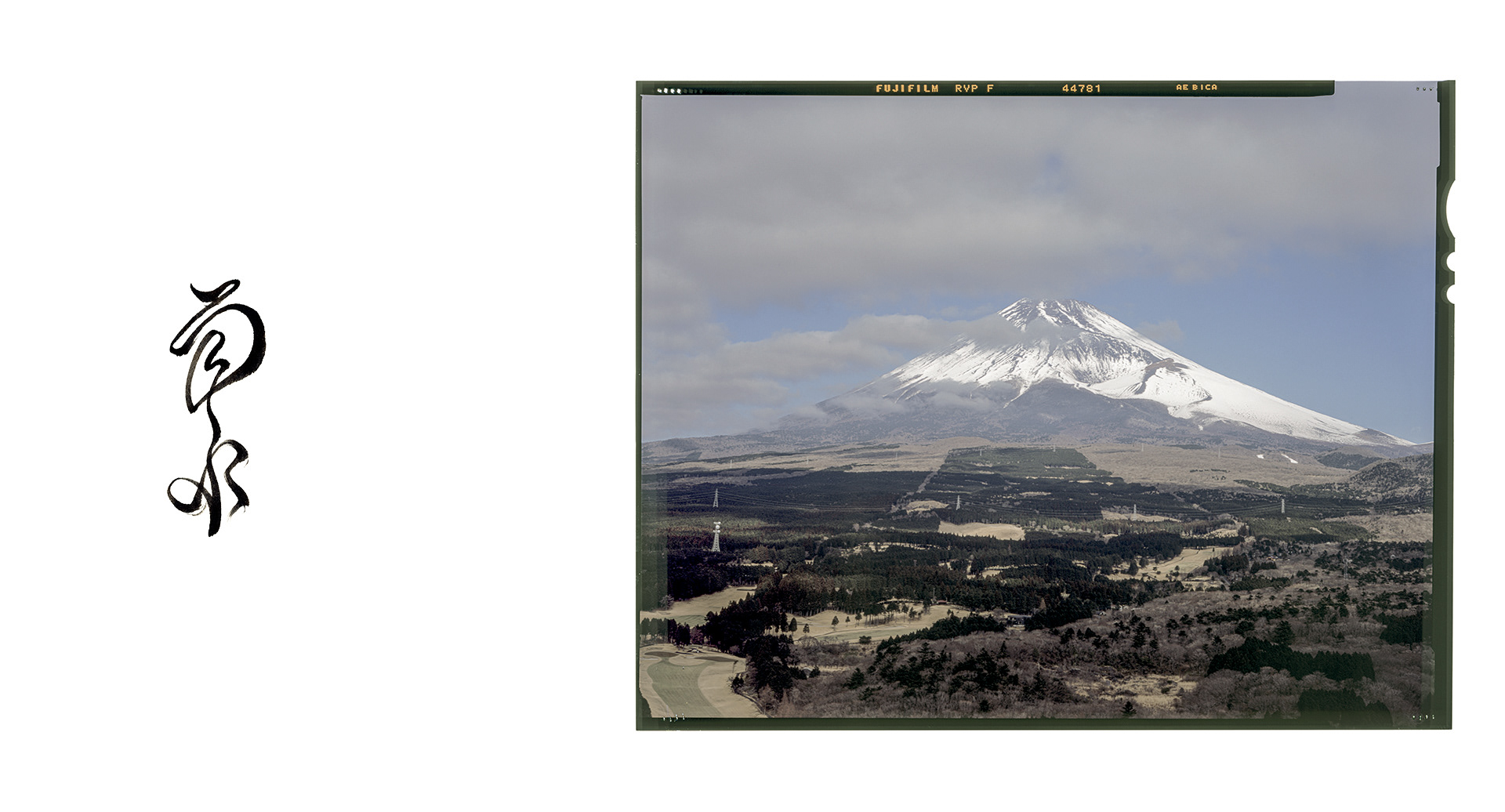
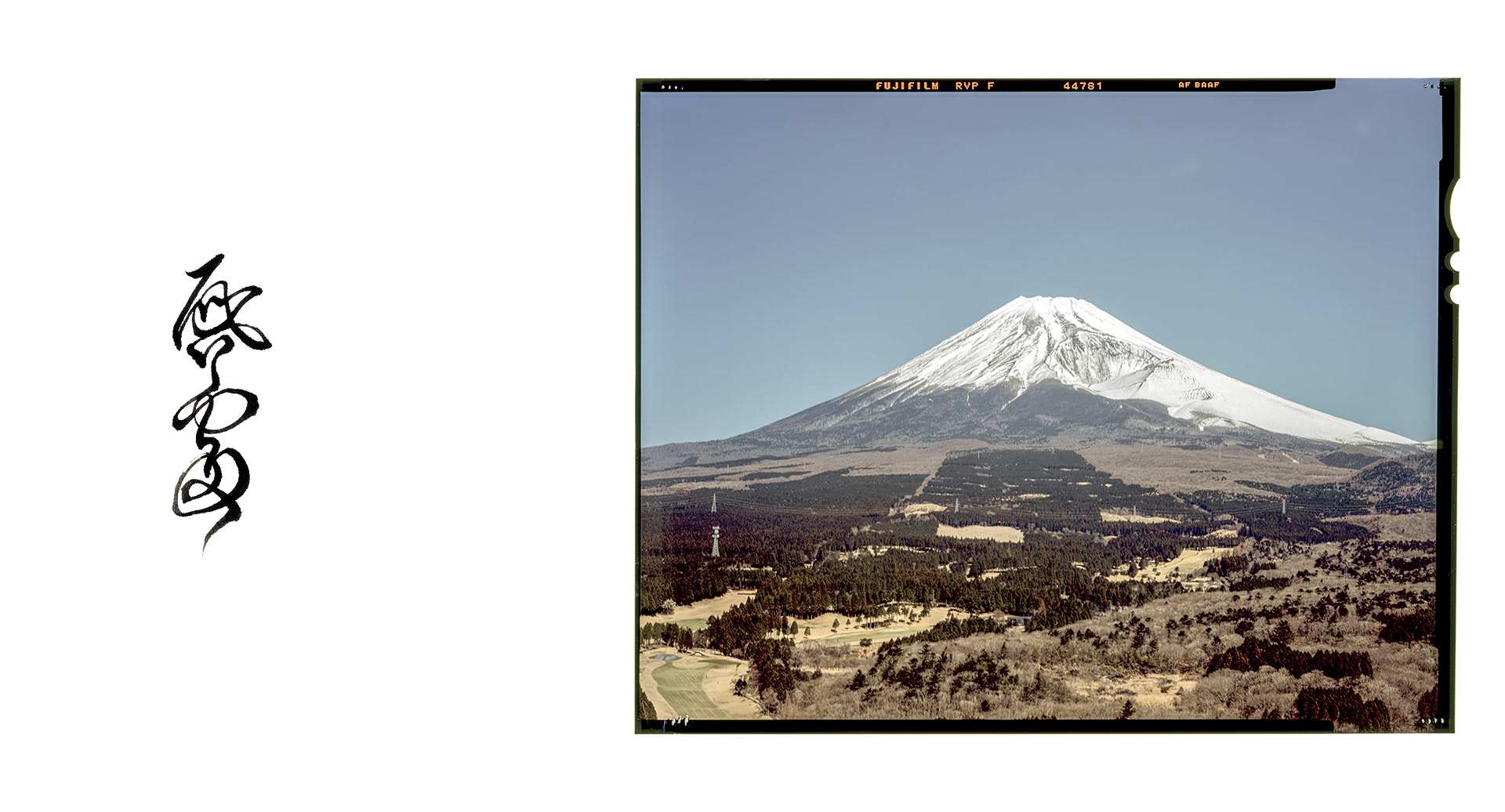
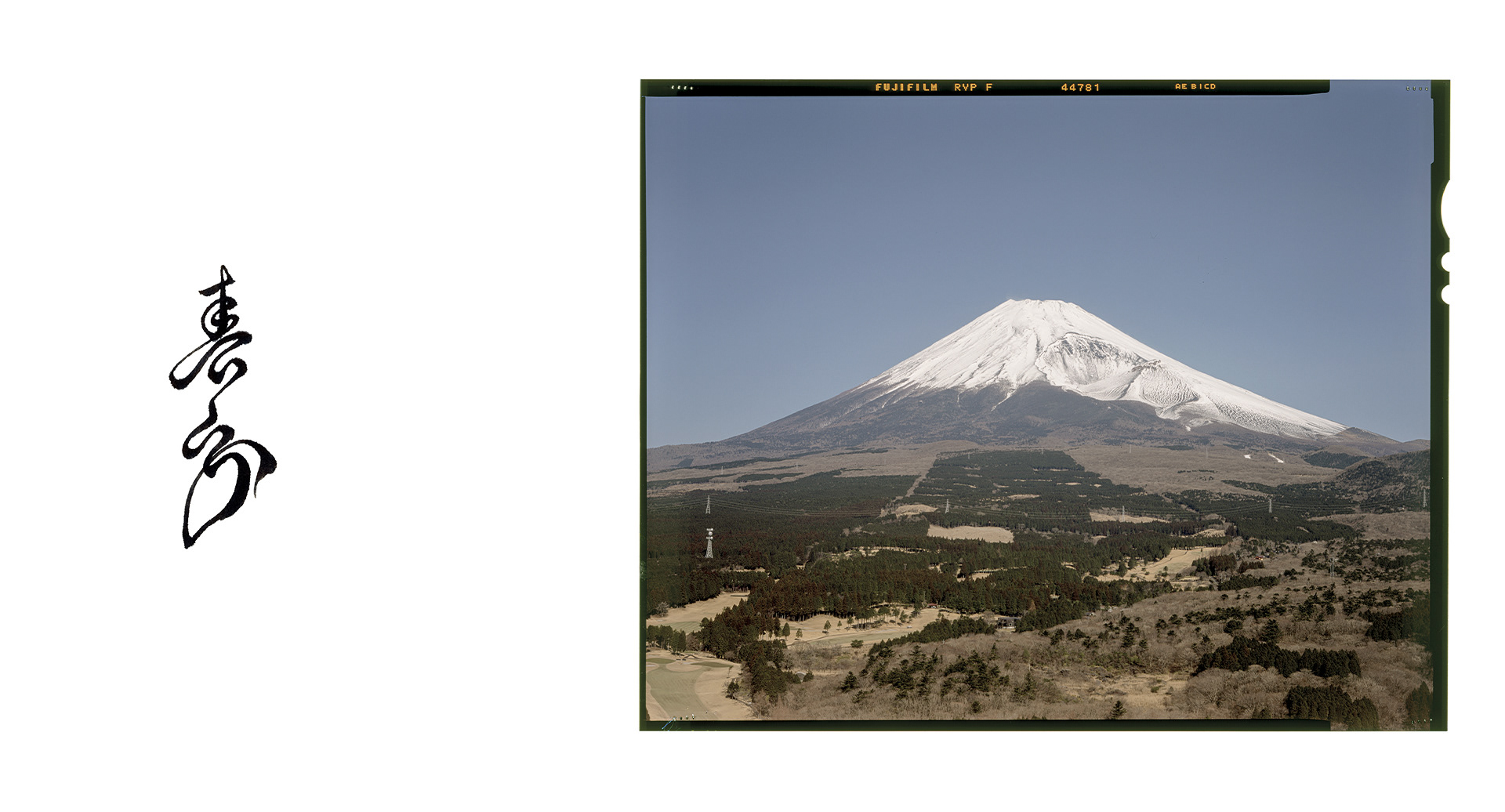
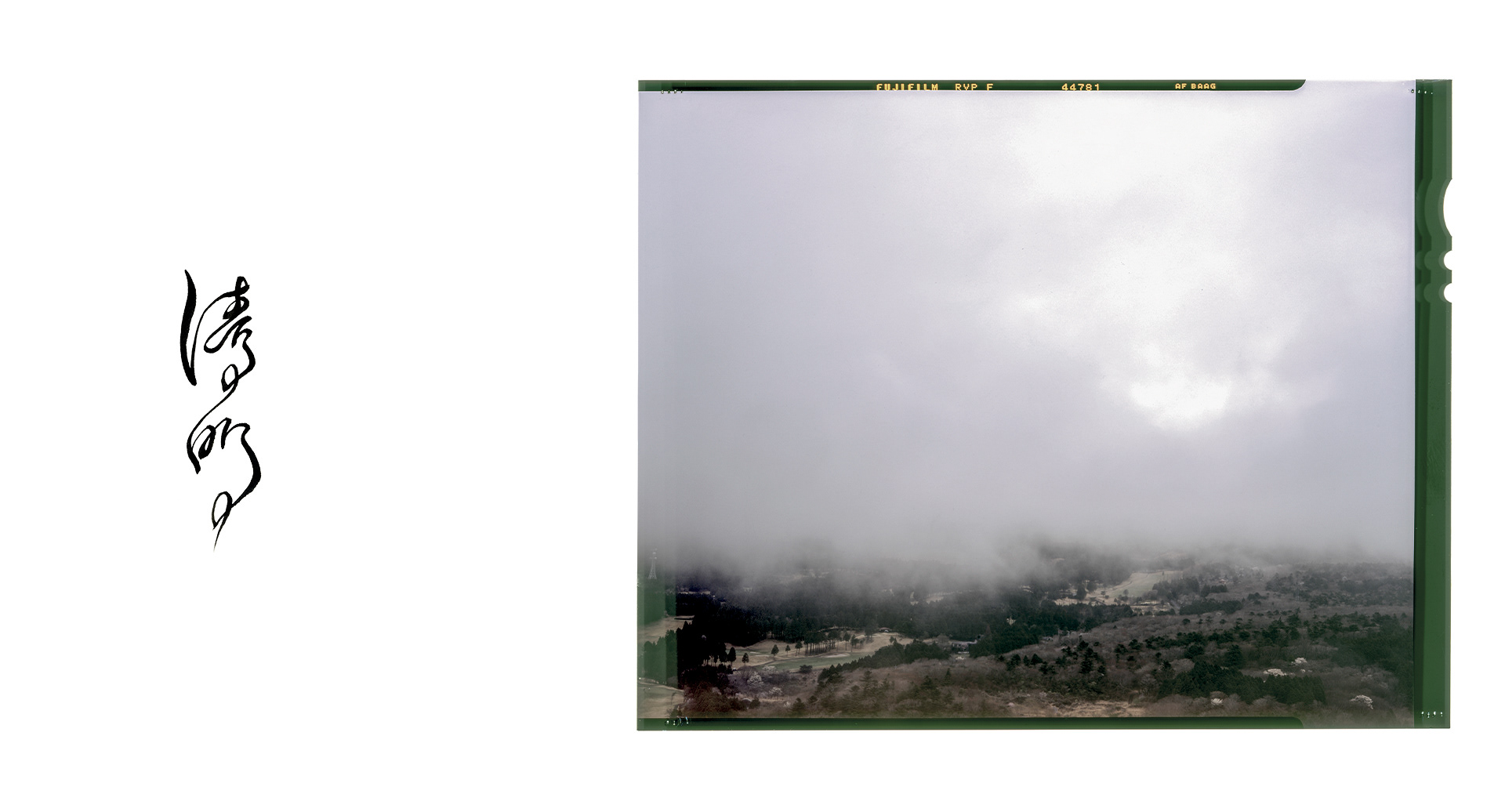
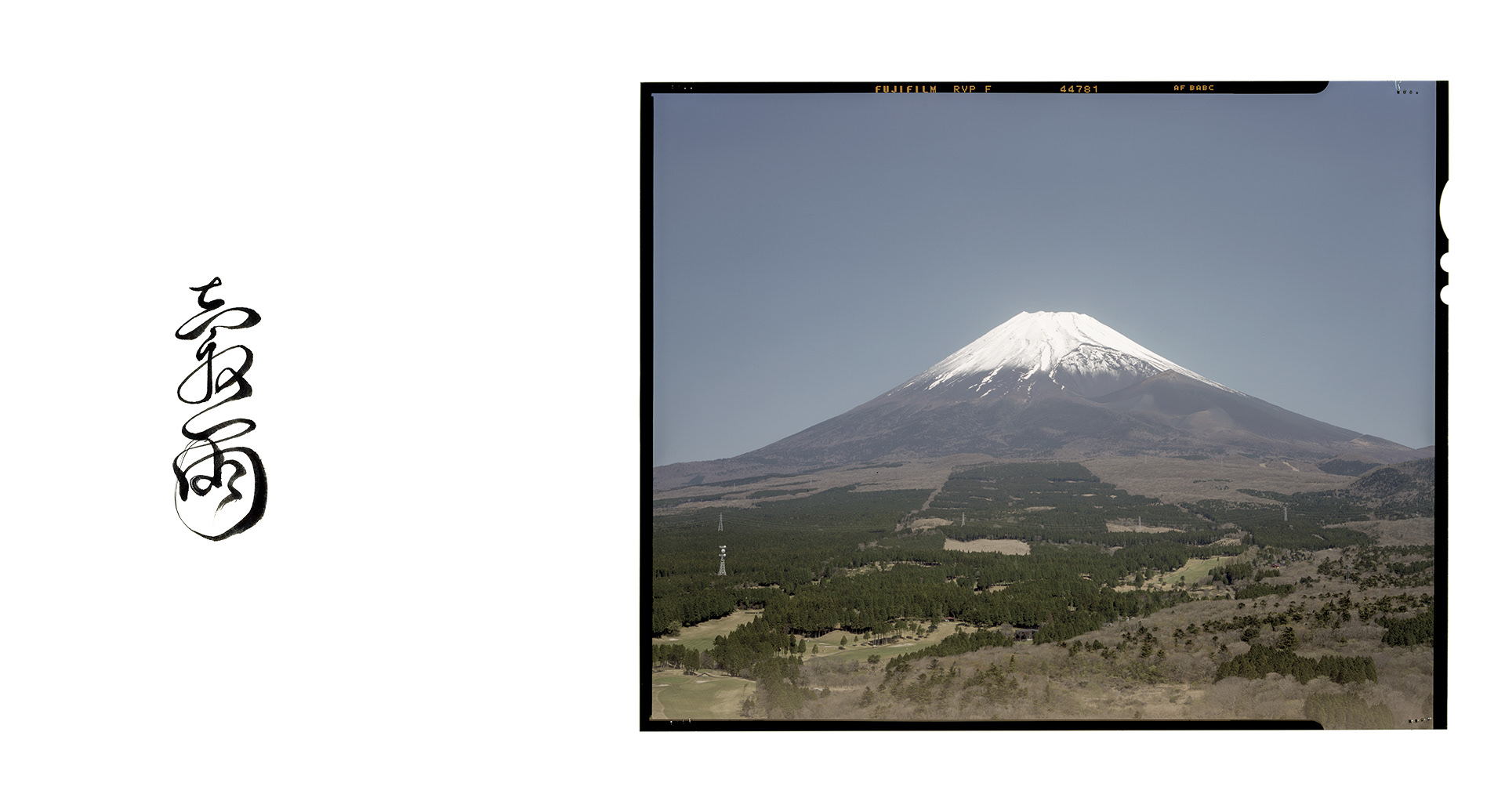

William Scott Wilson comments on these Zen words by saying, “In the passage of time, there is no favorable or unfavorable moment. These judgments are in your mind, and if your mind is right, there should be no bad day. Sunny days are sunny rainy days are rainy, windy days are windy, and all is perfect as it is. Every day is a blessing, every day an opportunity for awakening or improving one’s skills.” (from The One Taste of Truth, Zen and the Art of Drinking Tea).
This daily life, metaphorically, is what I wish to speak about, as well as our relationship with our environment, which we fail to accept. I deeply believe that our desire to control our surroundings is at the root of ecological problems. Here, the mountain questions the place we choose to occupy in the world. Each image plays a dual role. It is both the evidence and the
culmination of what has become a personal pilgrimage.
culmination of what has become a personal pilgrimage.
The “decisive moment“ arises when I am ready, trying, as much as possible, not to let my aesthetic judgment influence the image. I have performed these rituals like a performance, capturing only one image per season. This was a way to question the photographic act while deepening my reflection on presence in the moment, as well as accepting a photograph for what it is. Here, the photographic gesture itself becomes as much a work as the resulting image, which is both the goal and the proof of the ritual’s completion.
This work is a possible response to the question: how can photography be a spiritual act? This question leads us to reflect on the deep nature of this medium, born in an industrial context and detached from religion. This project explores how photography can convey ideas that inspire reflection, meditation, and could even be a tool toward awakening.

